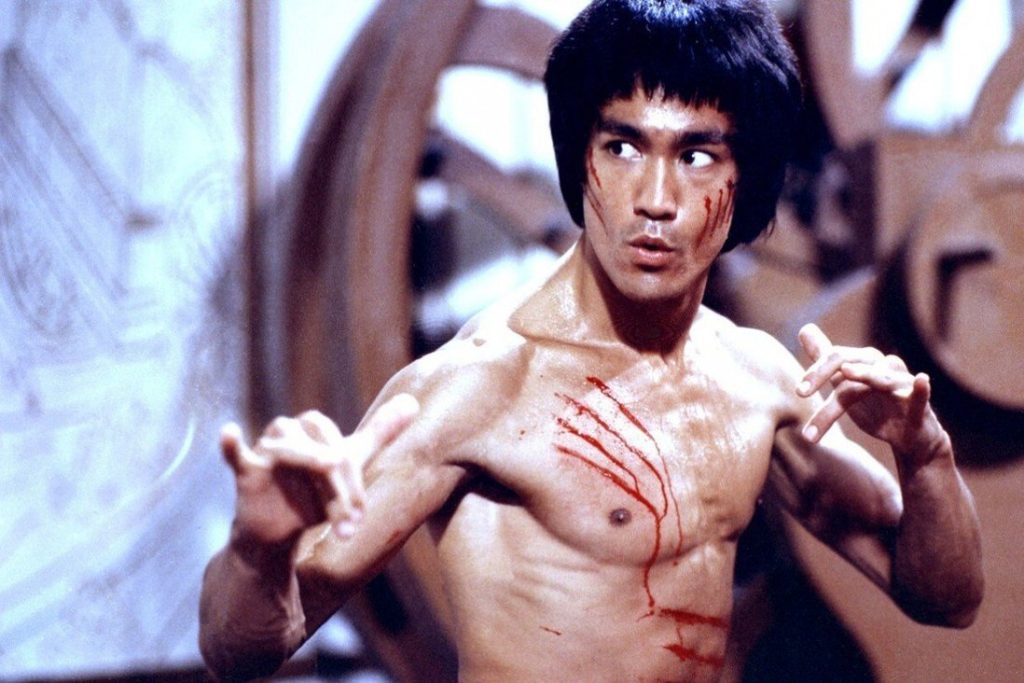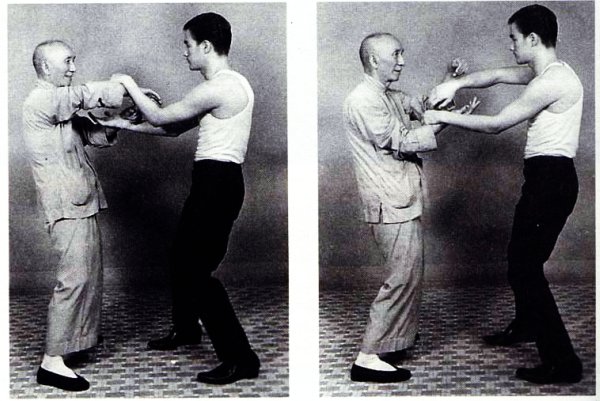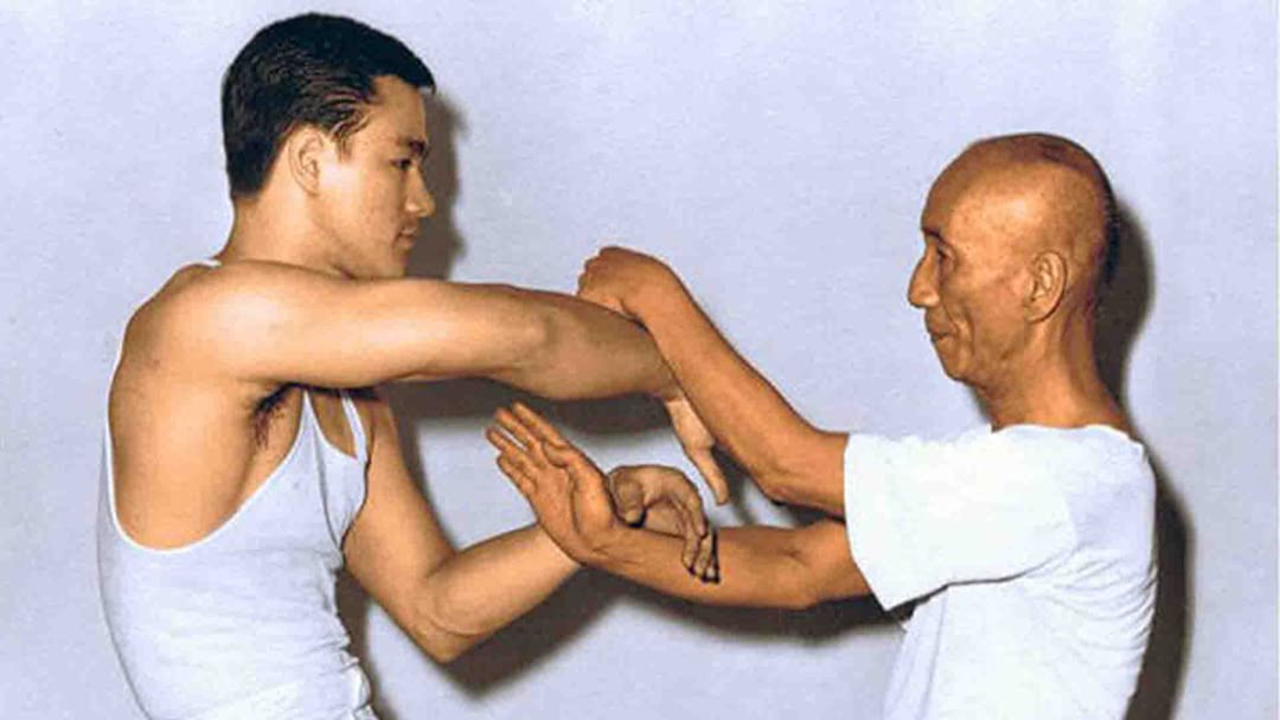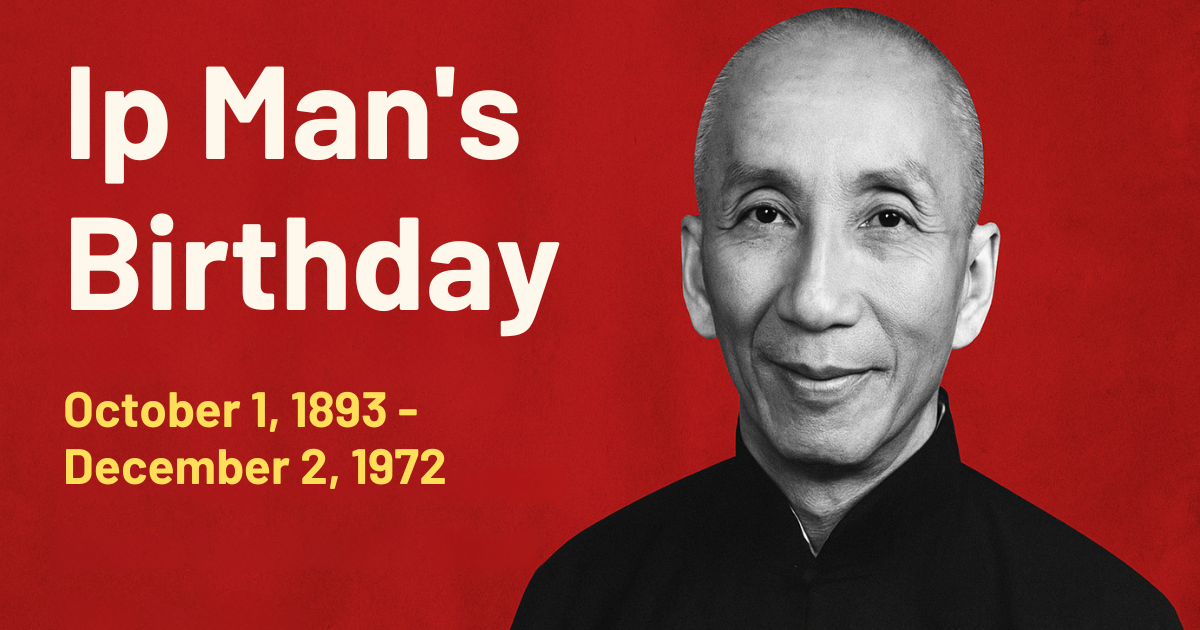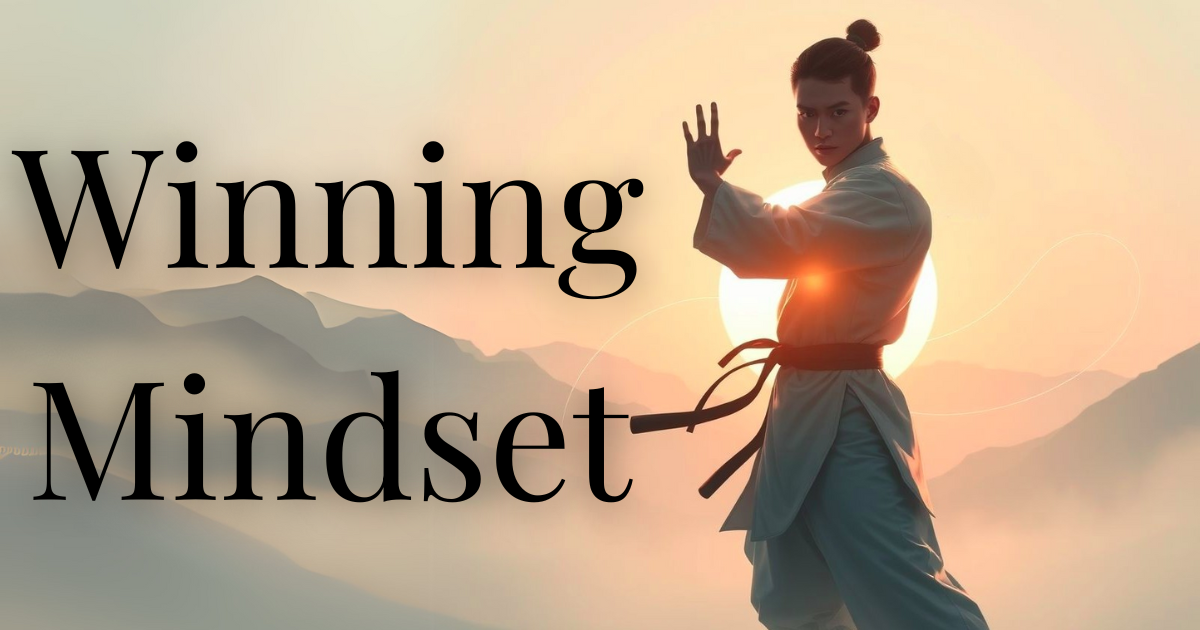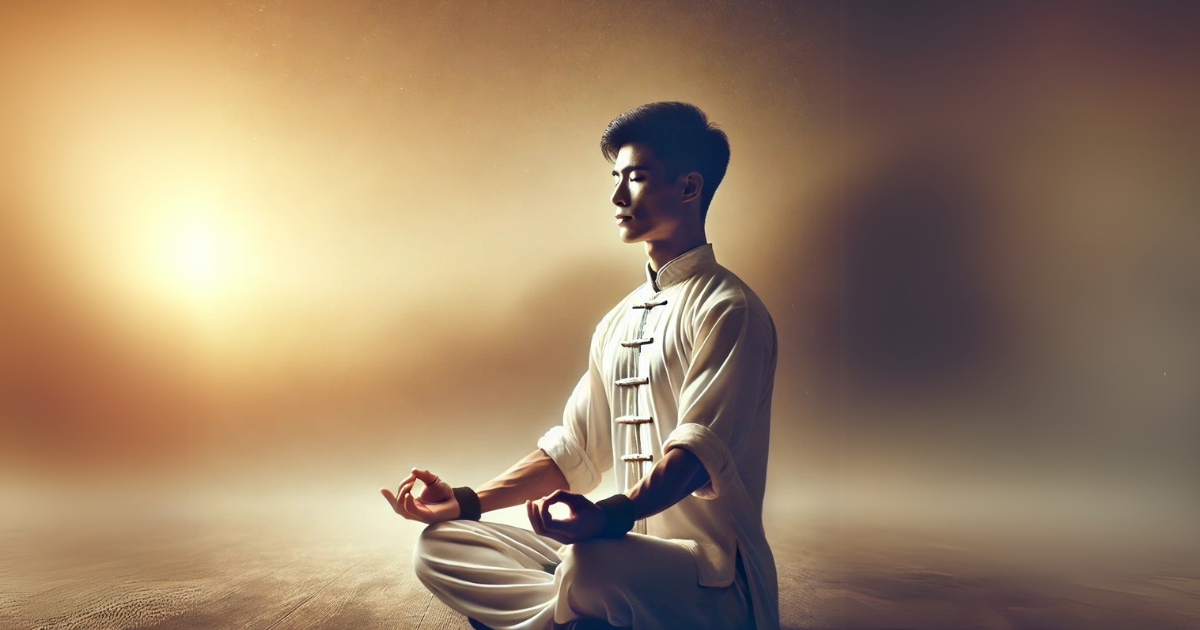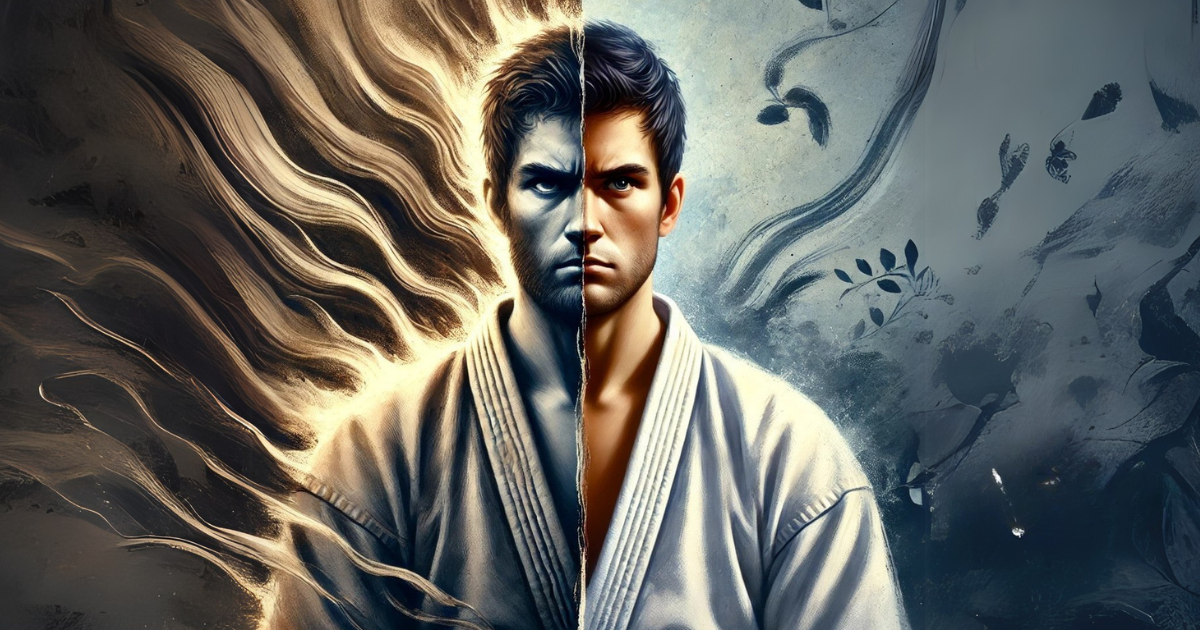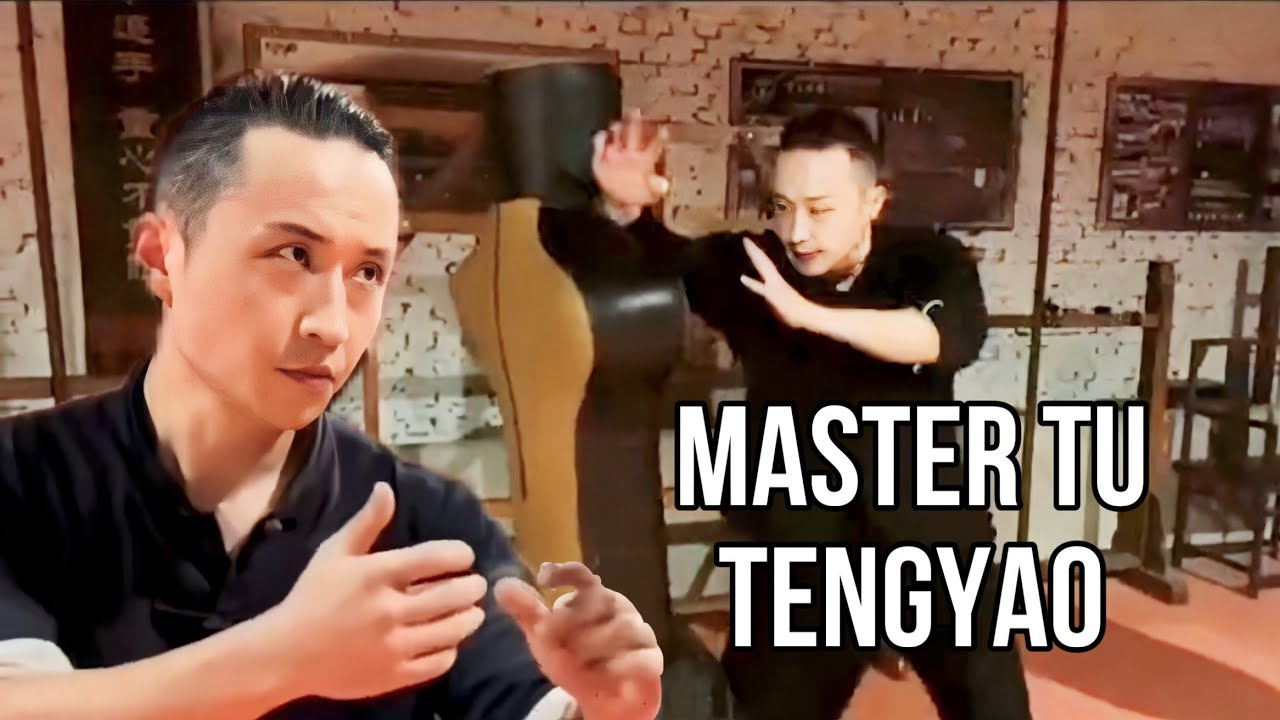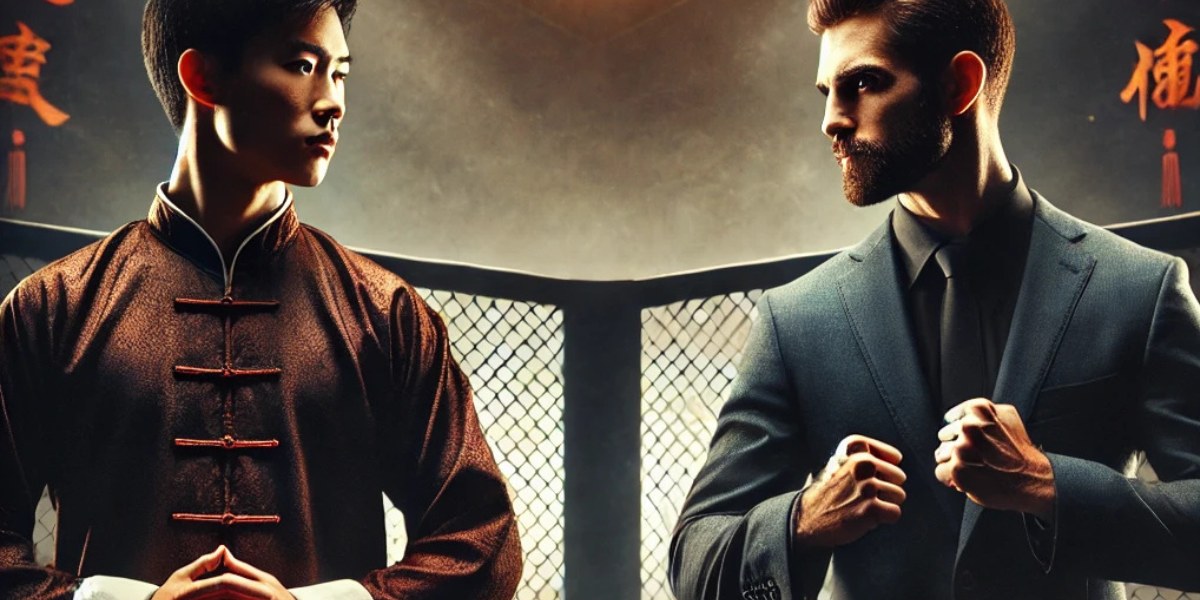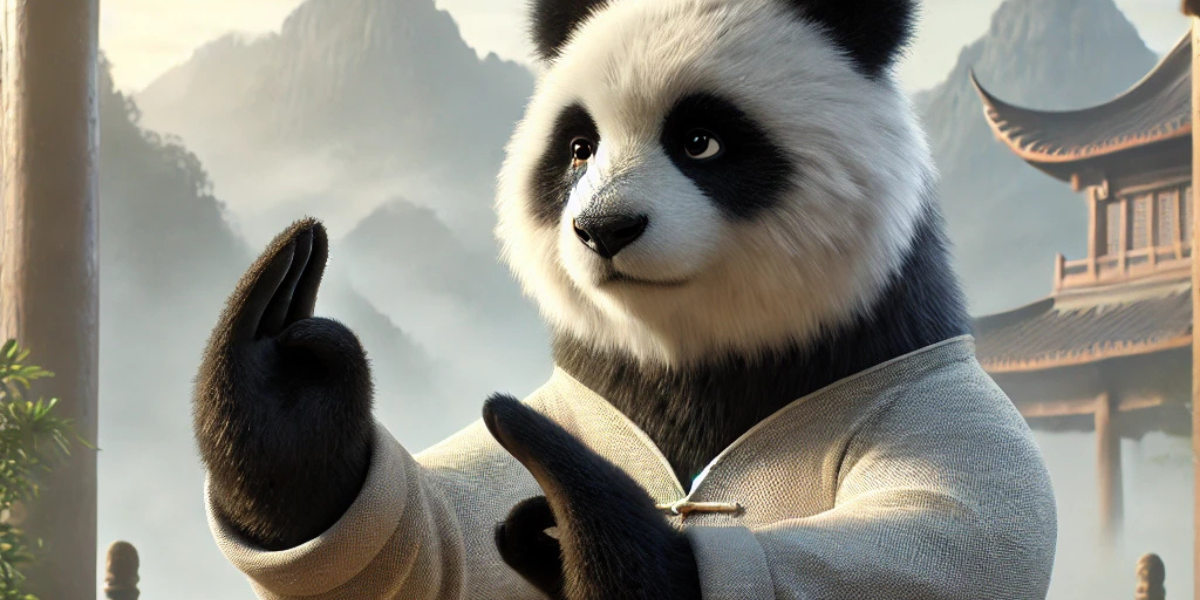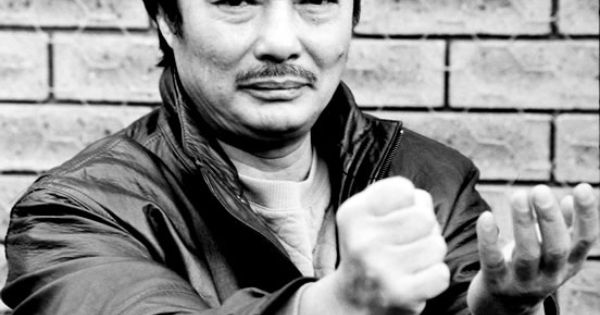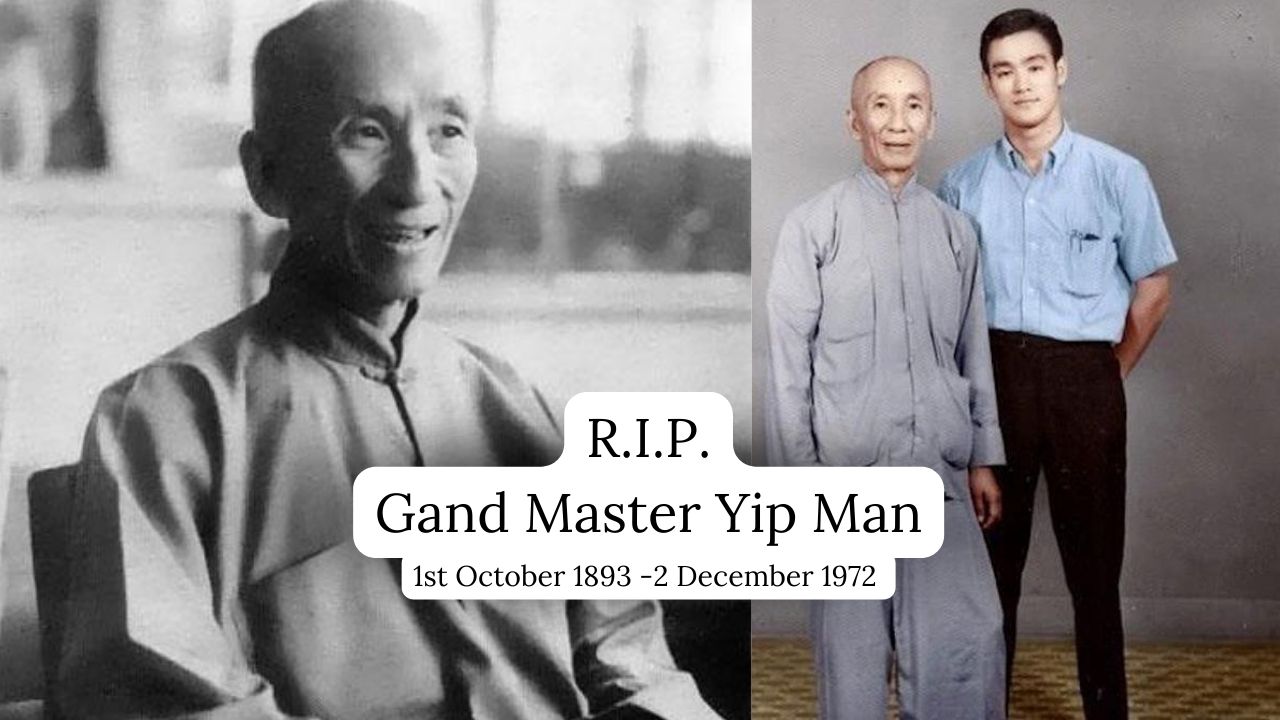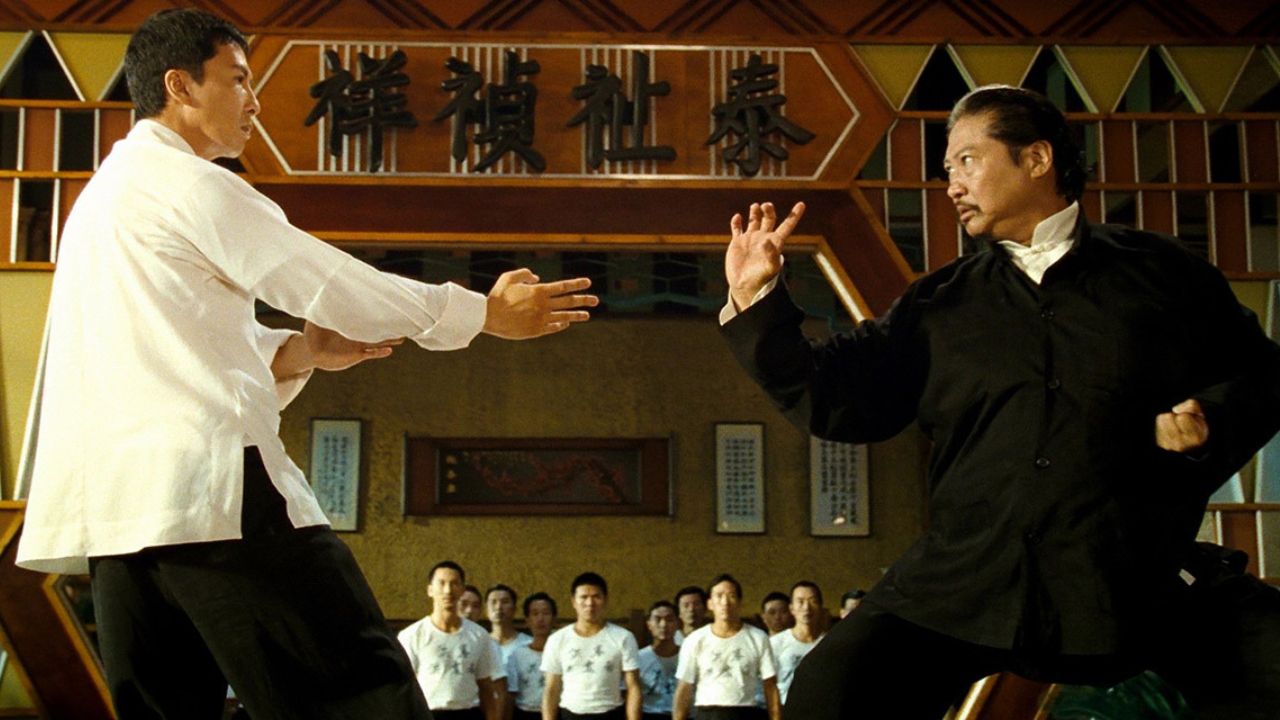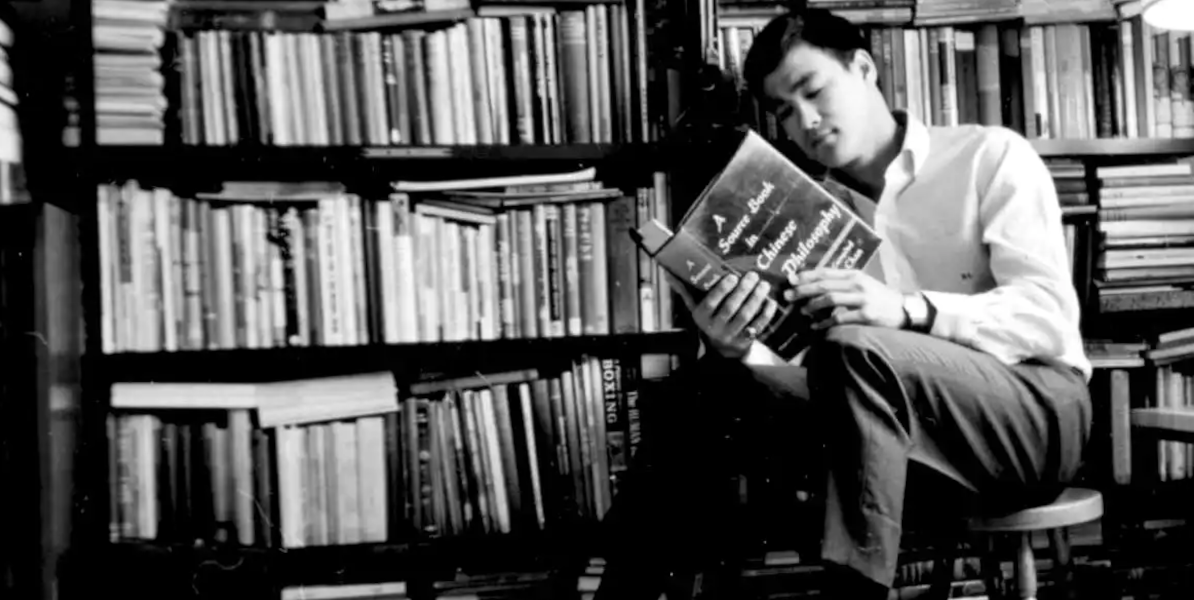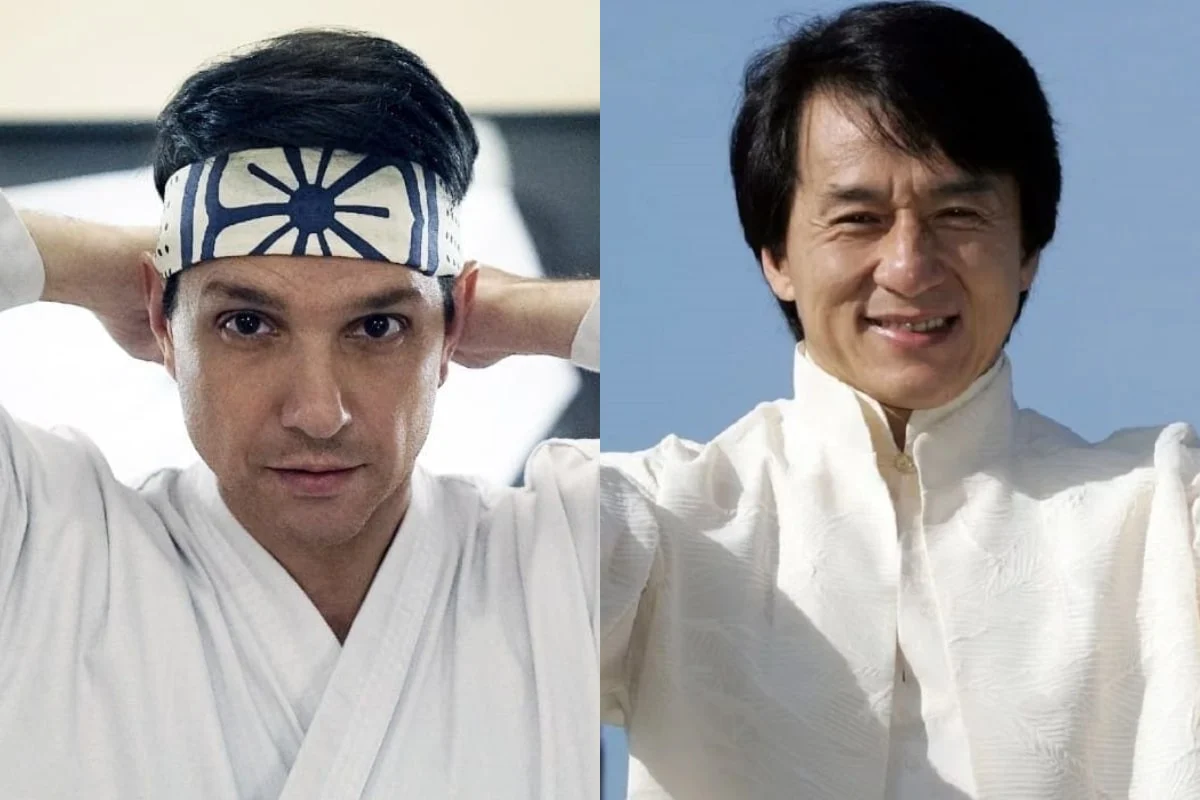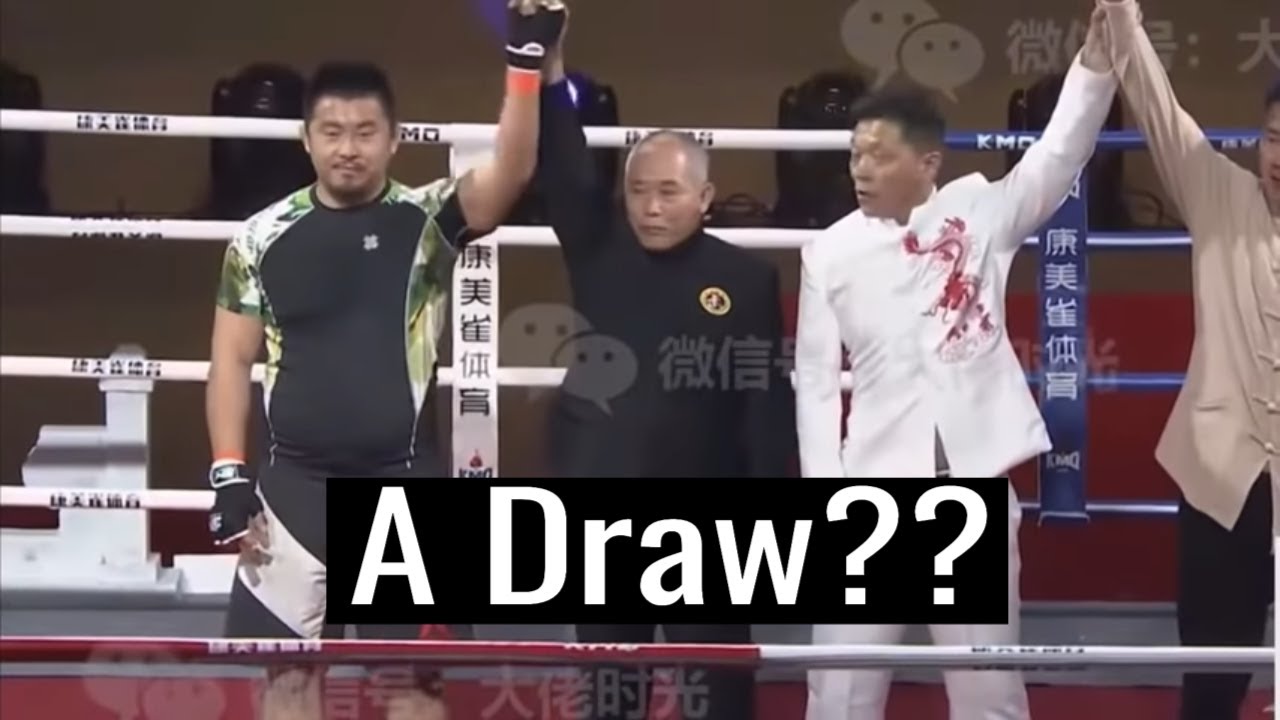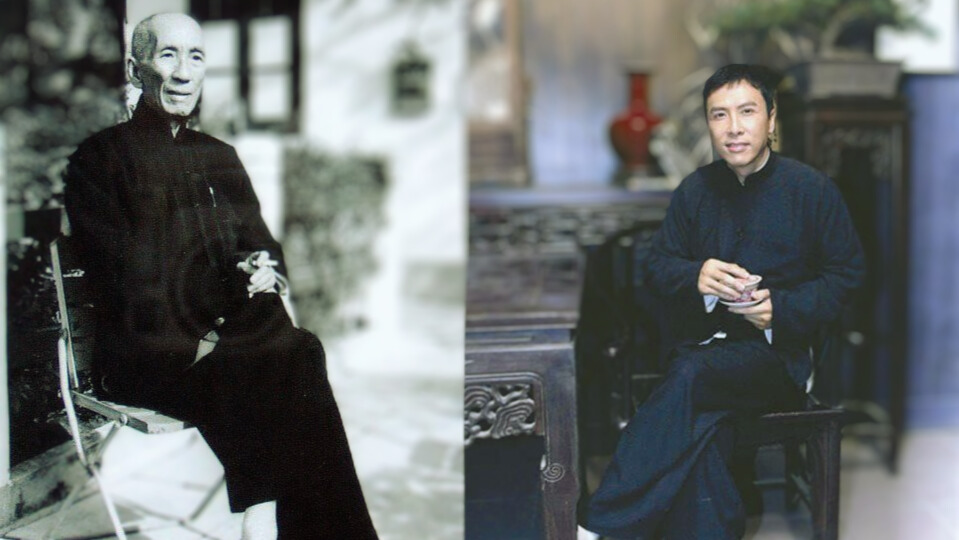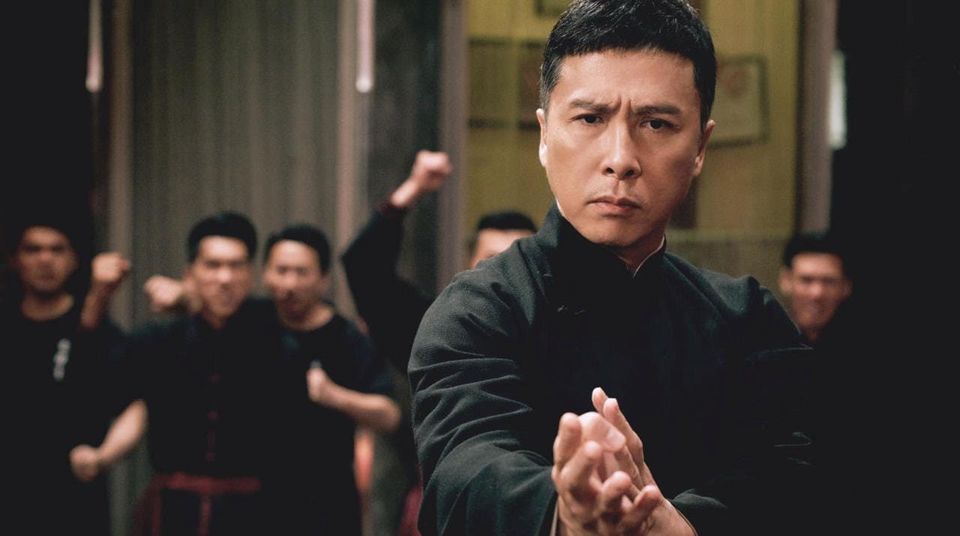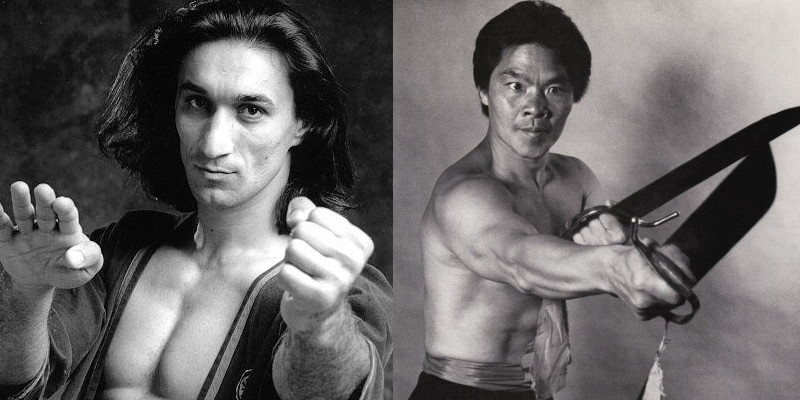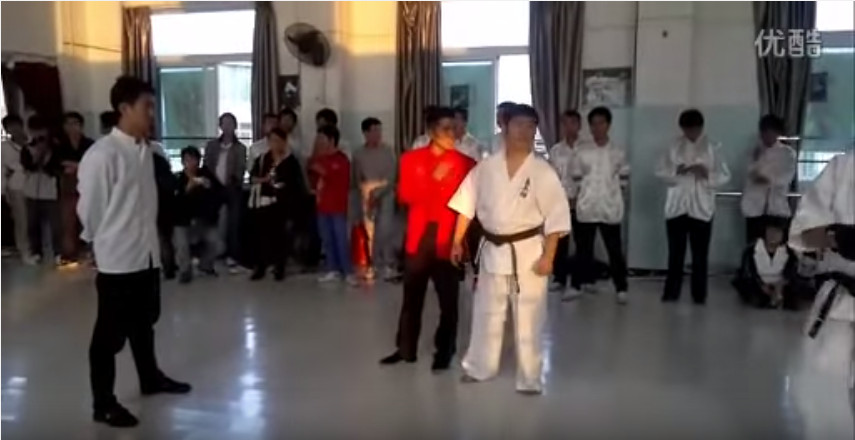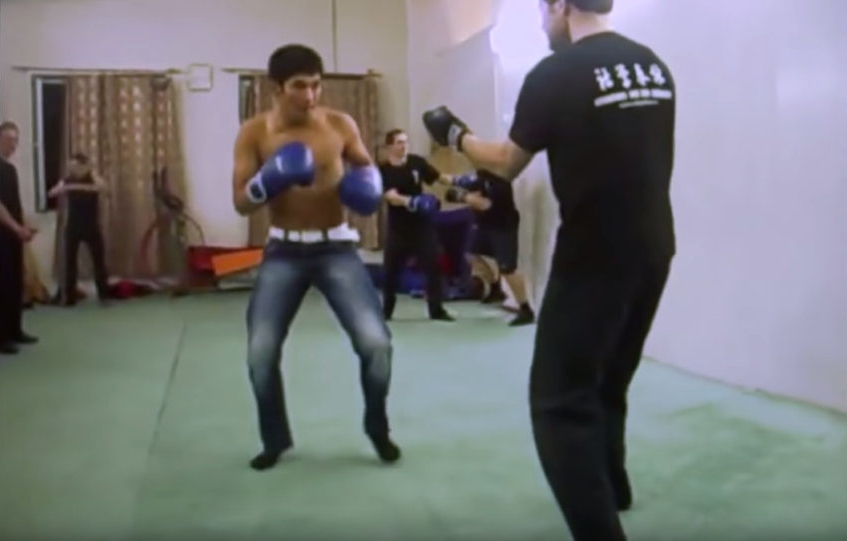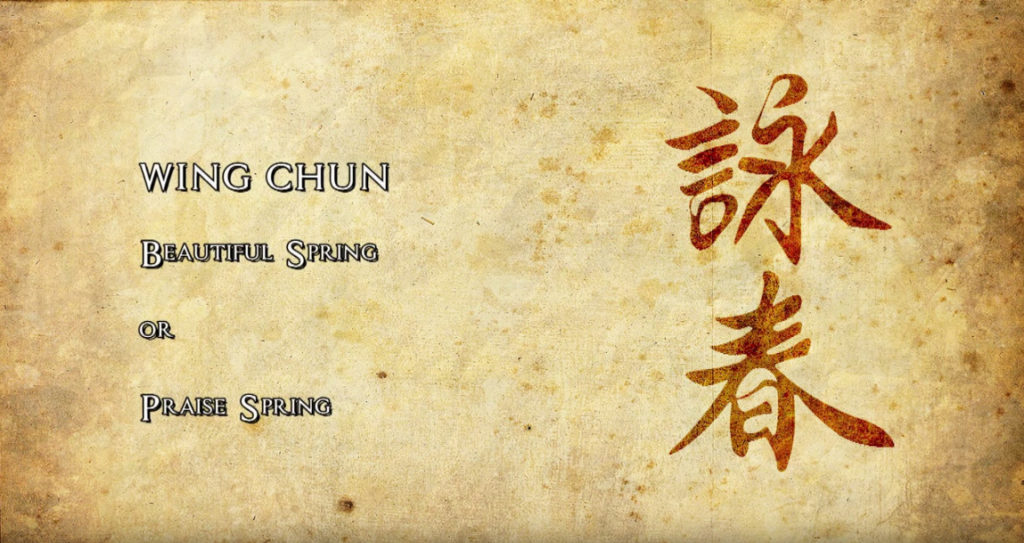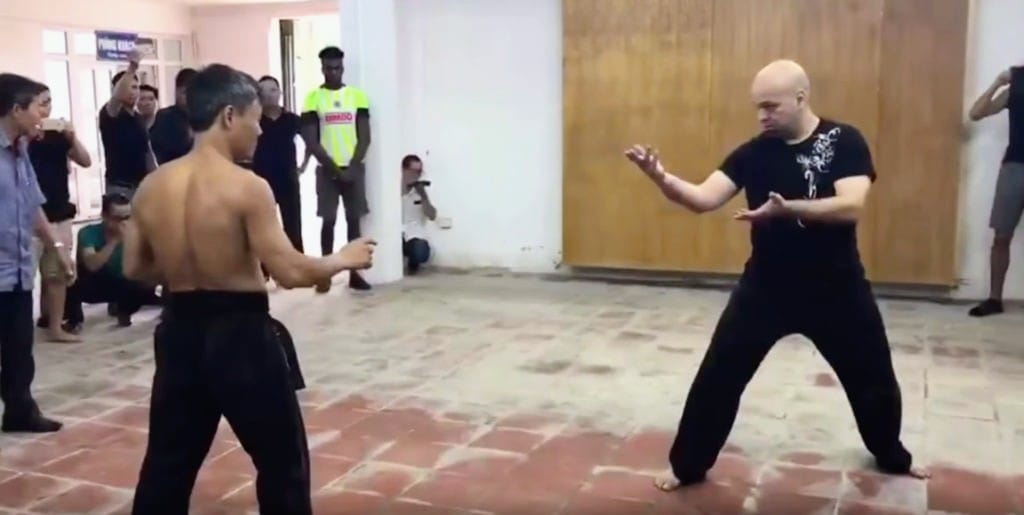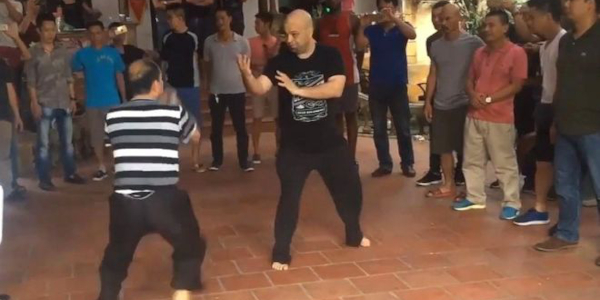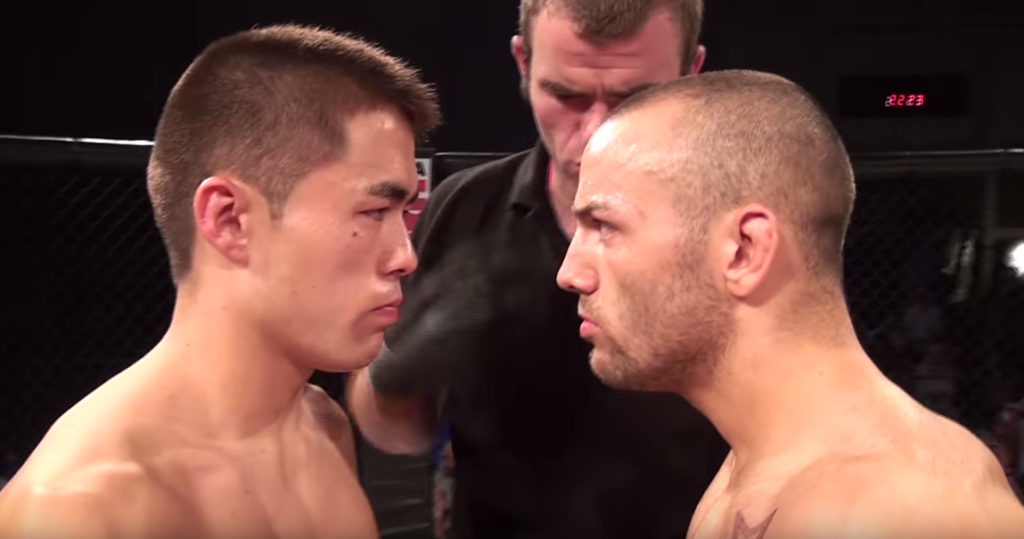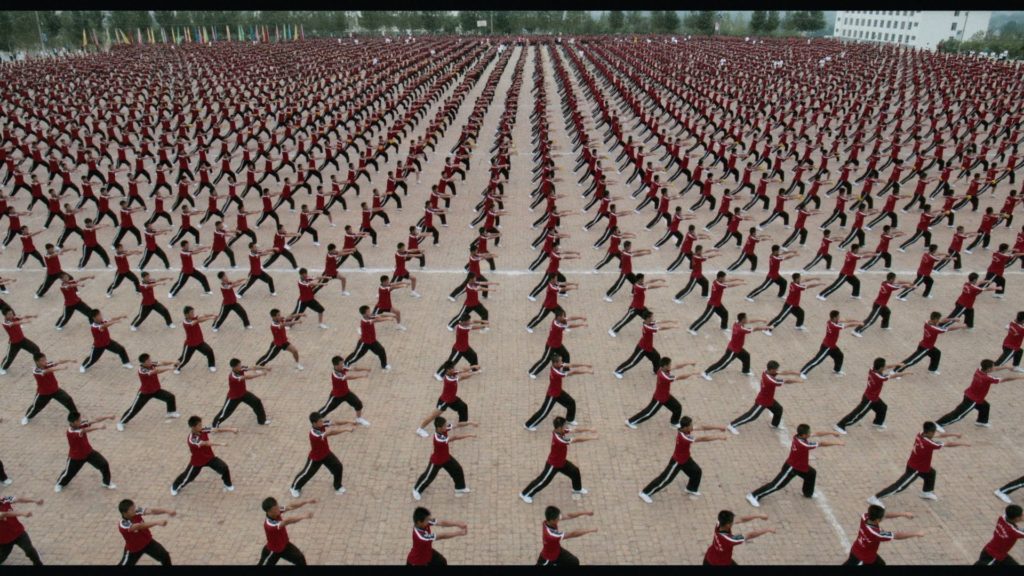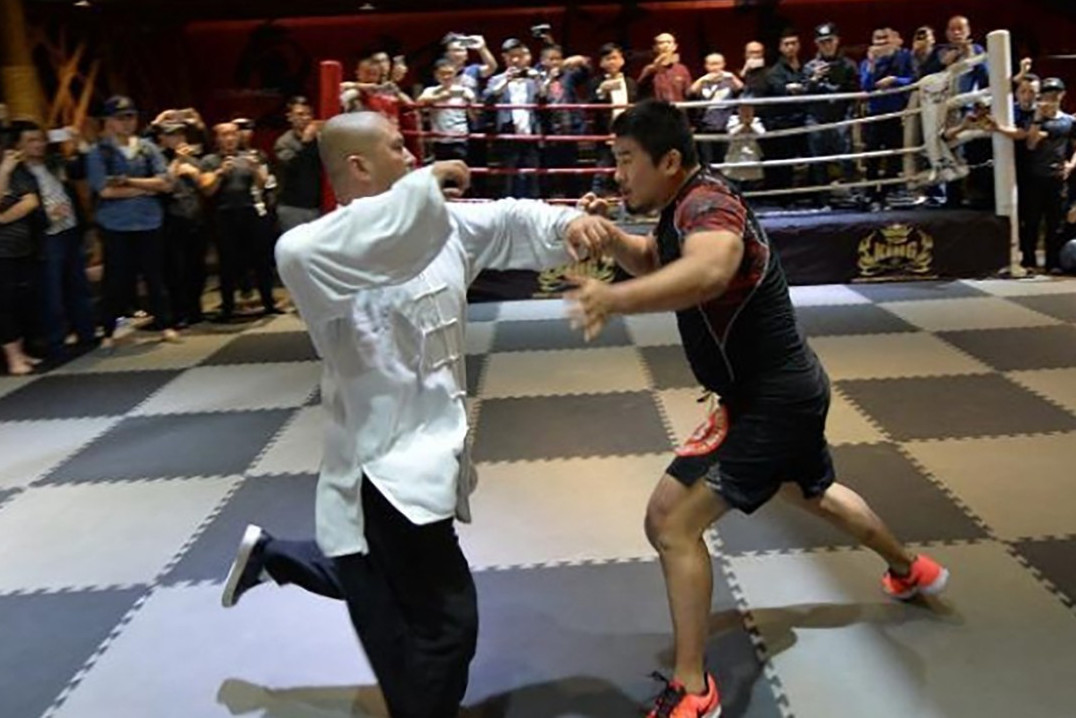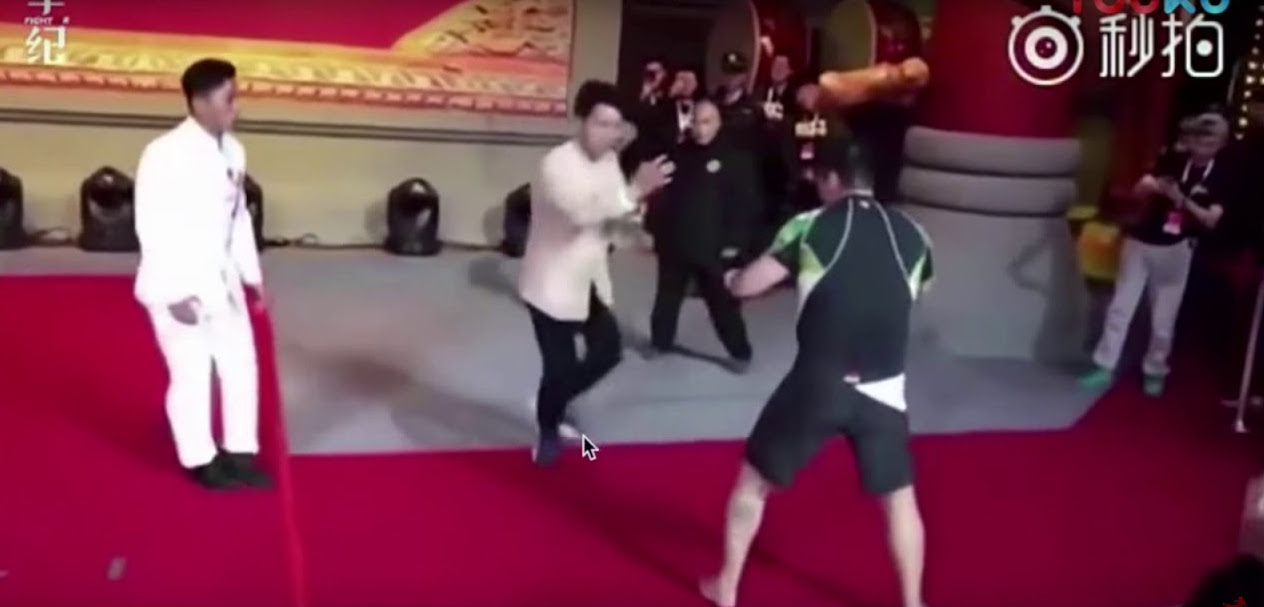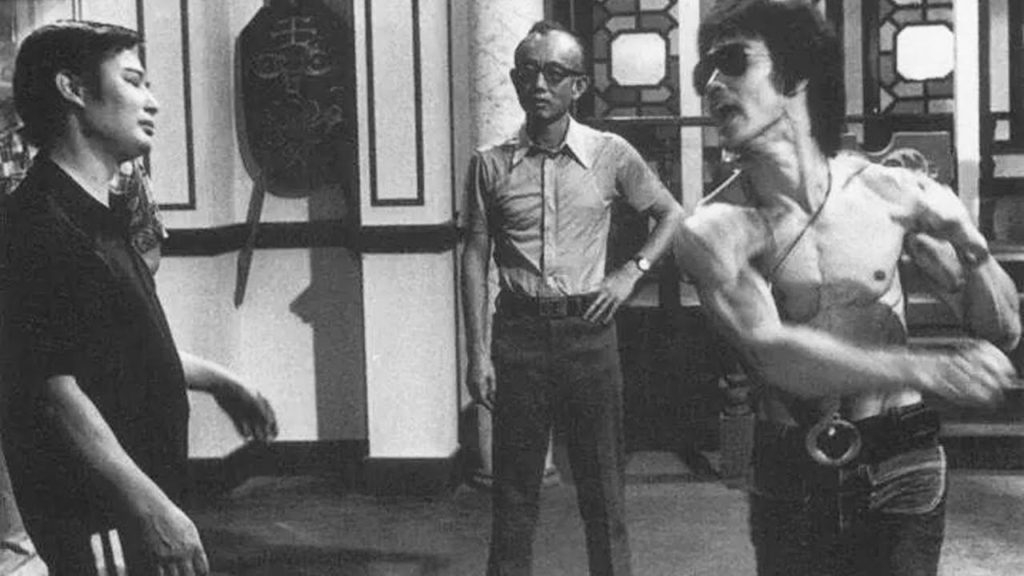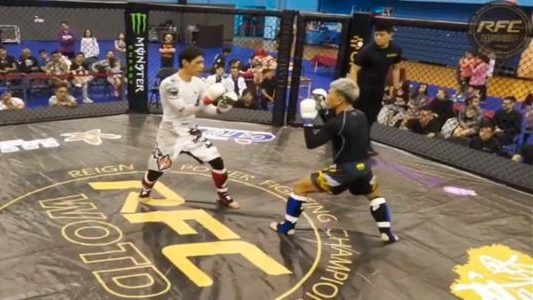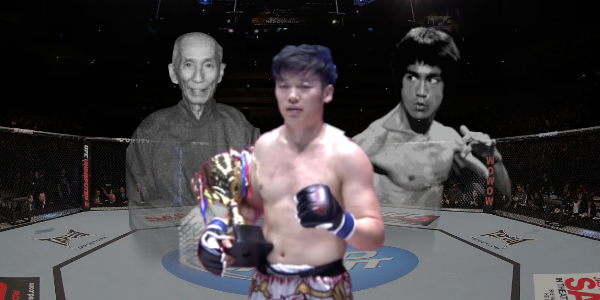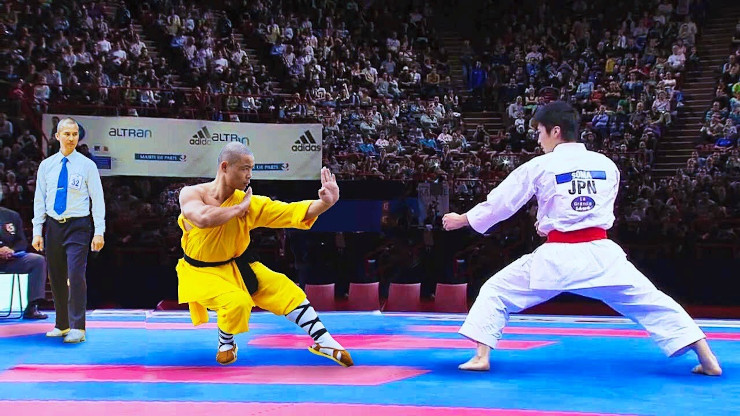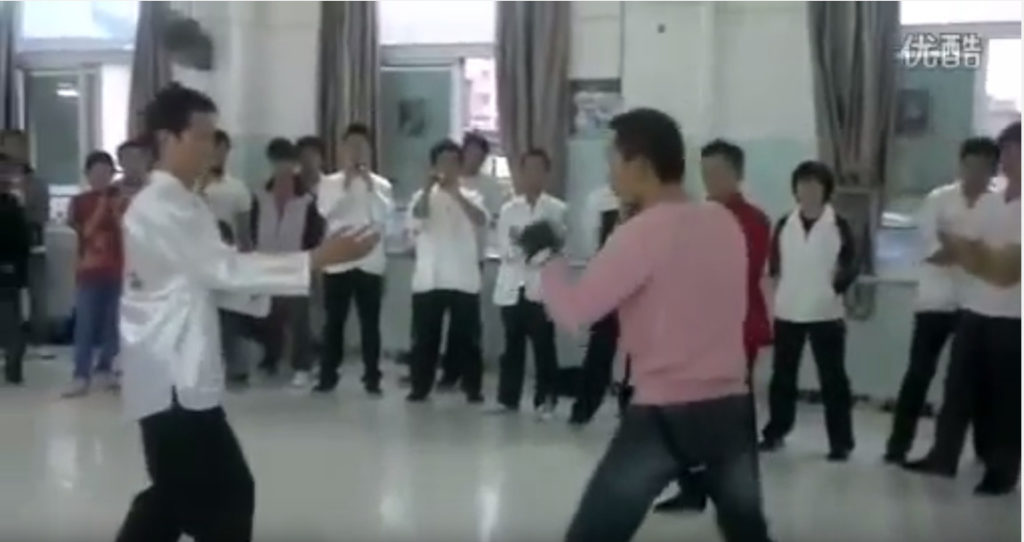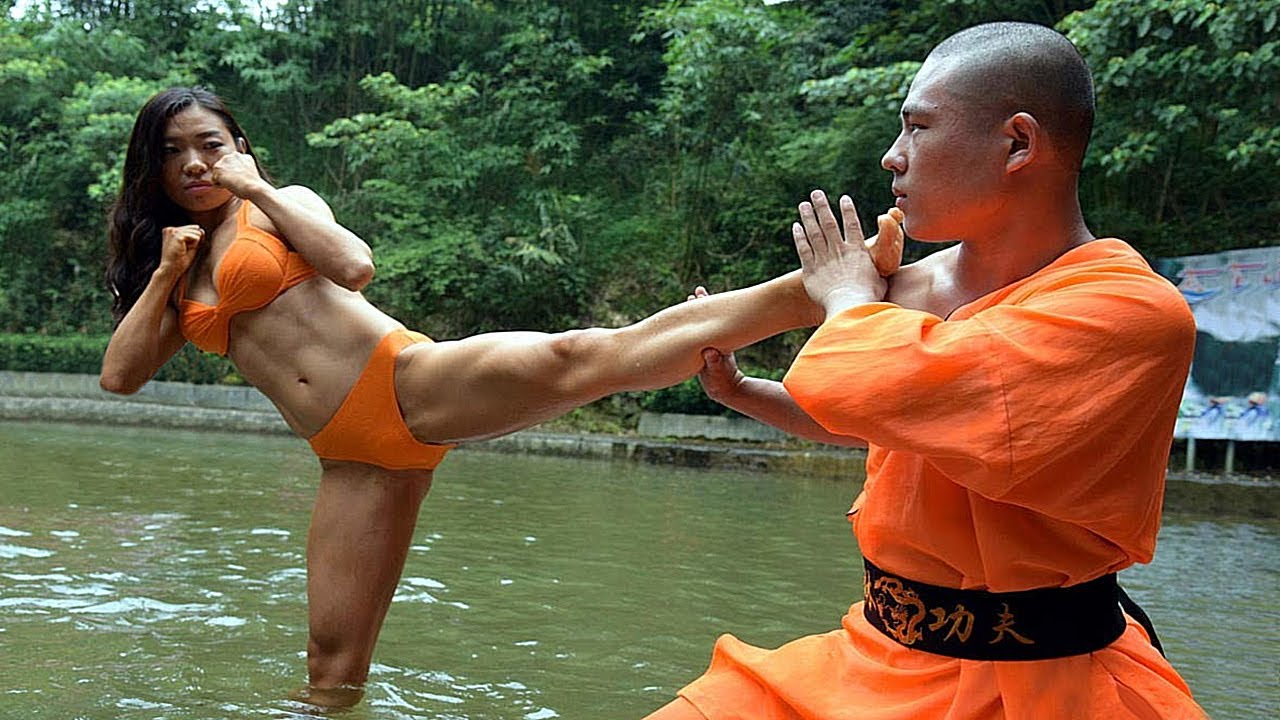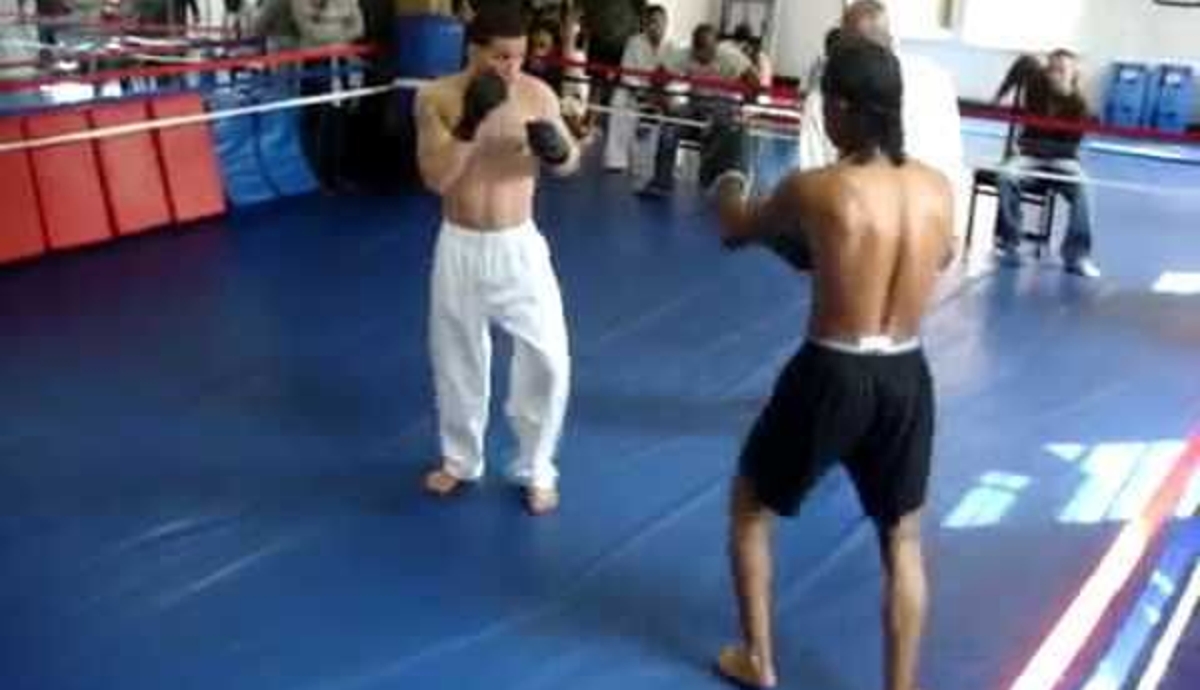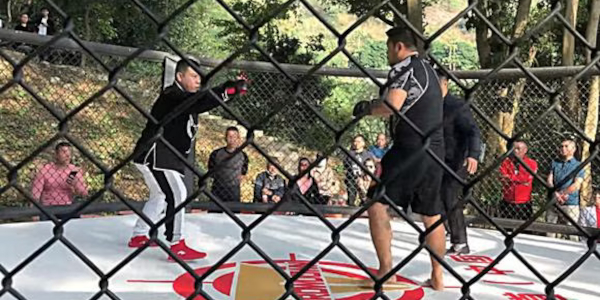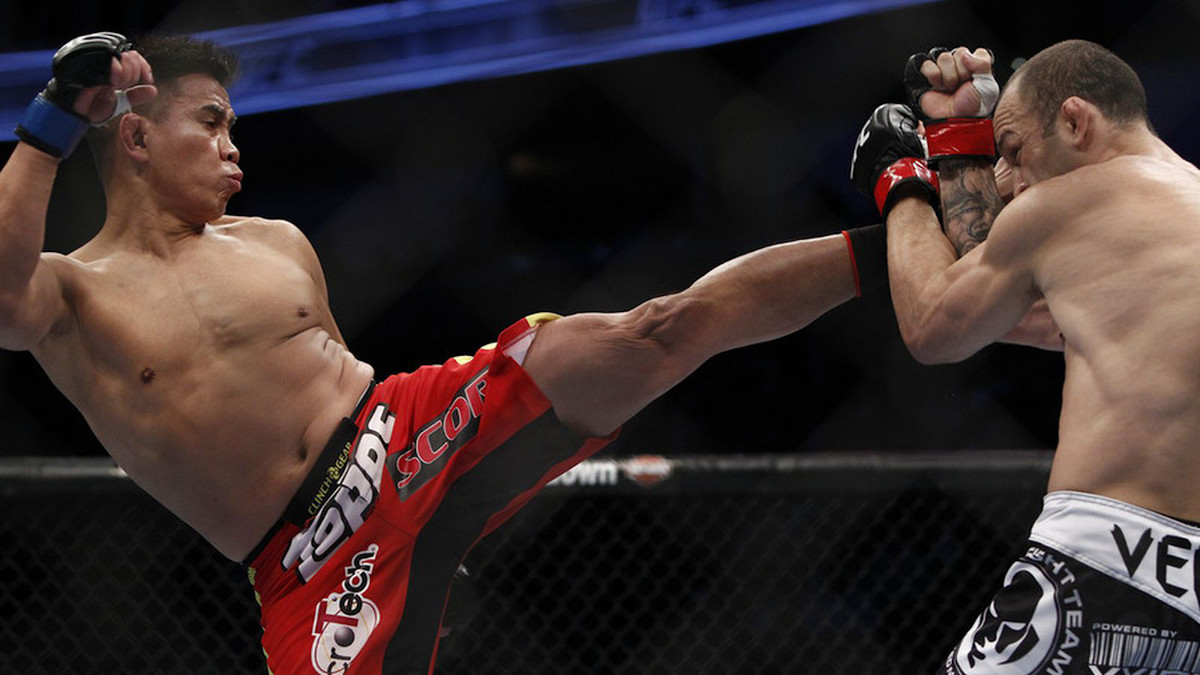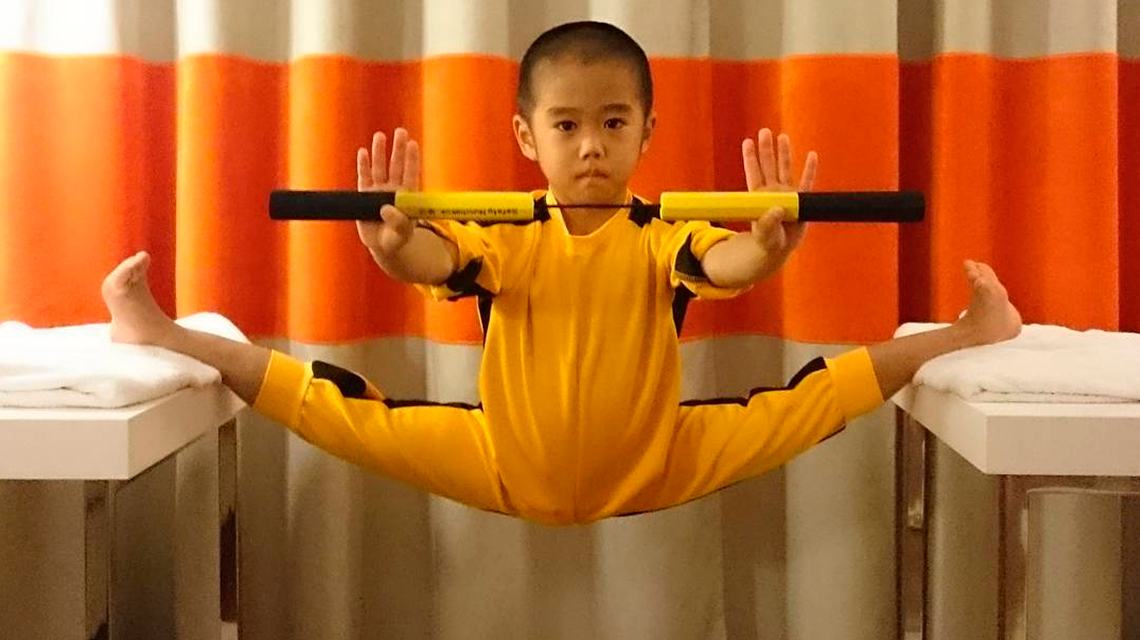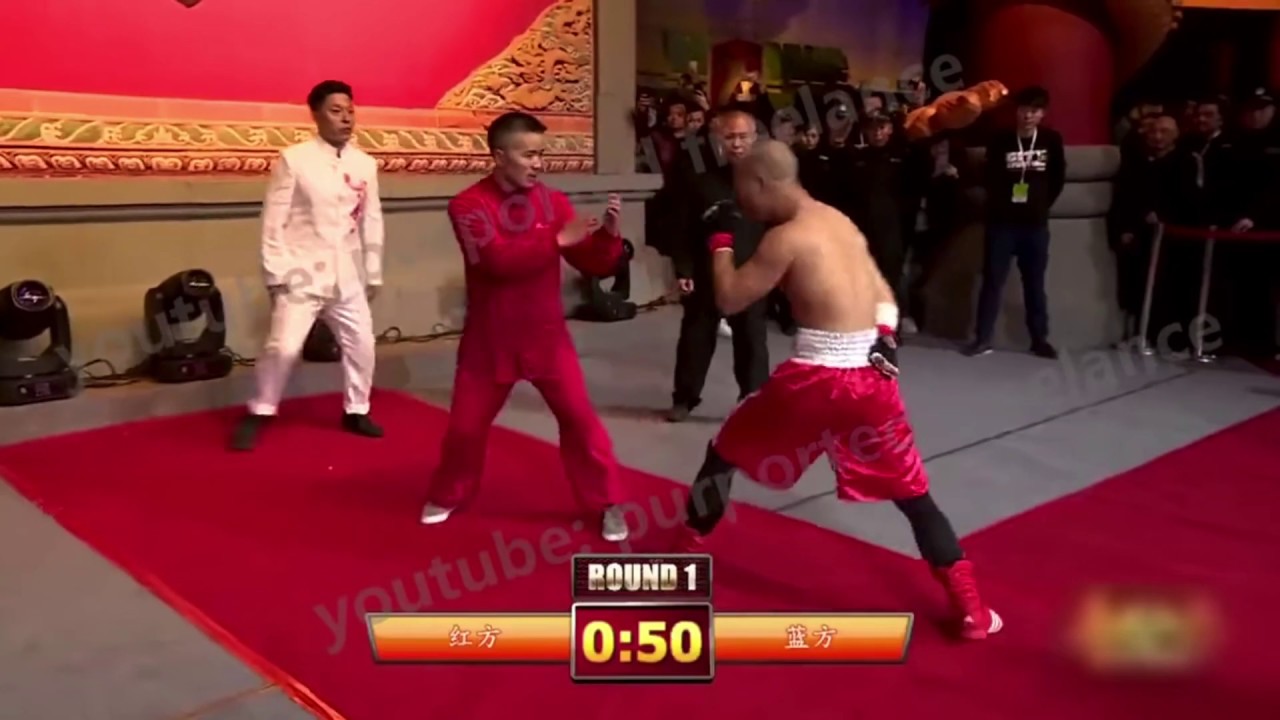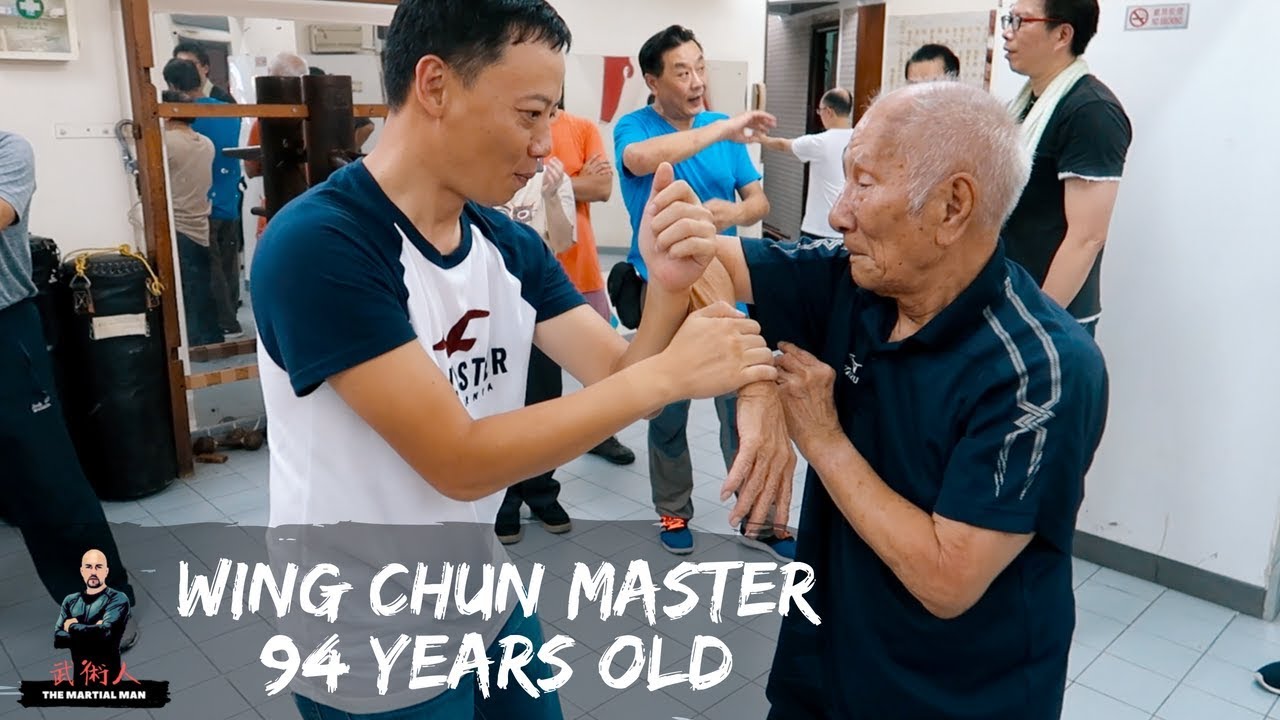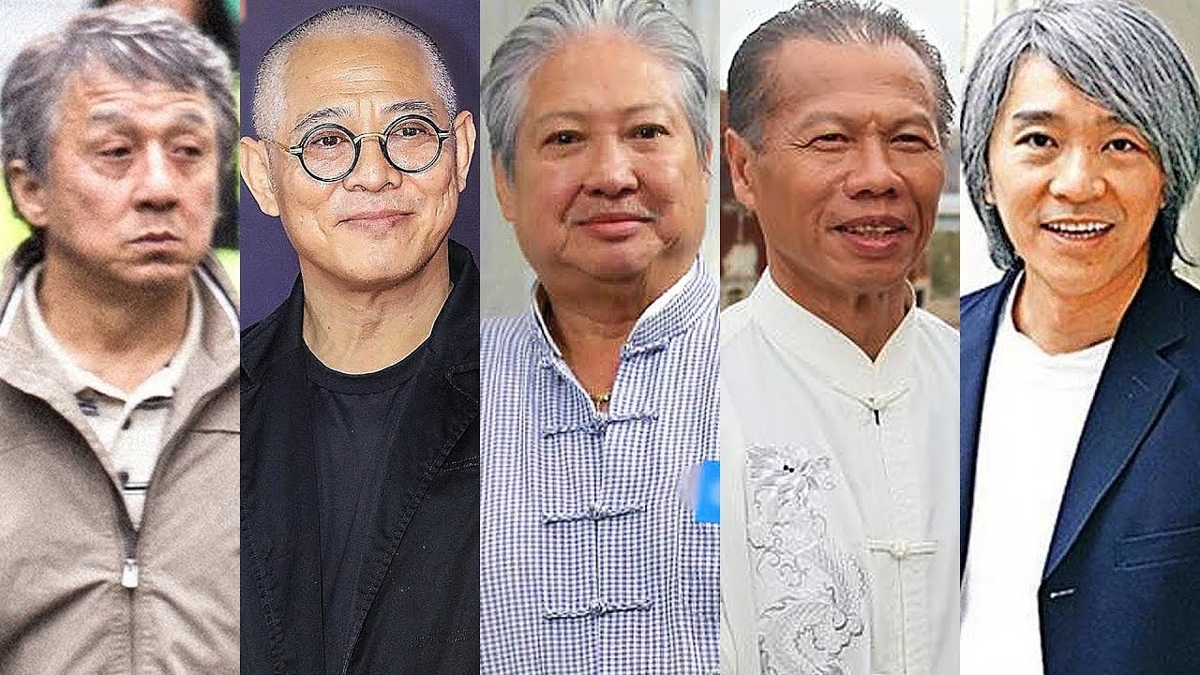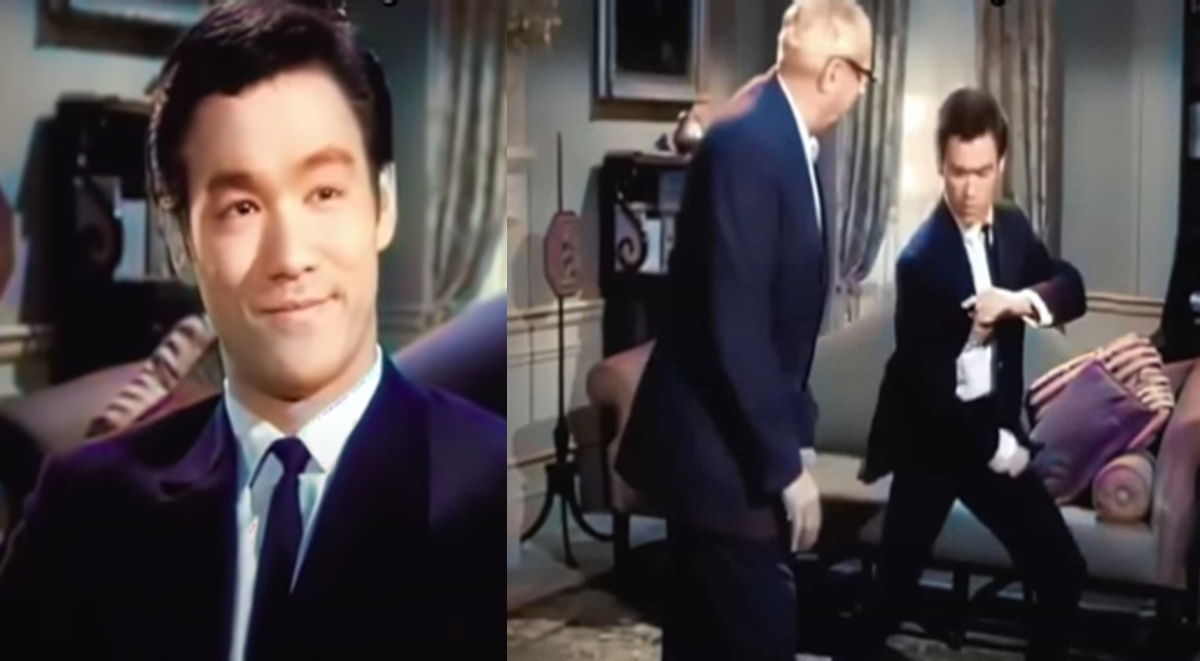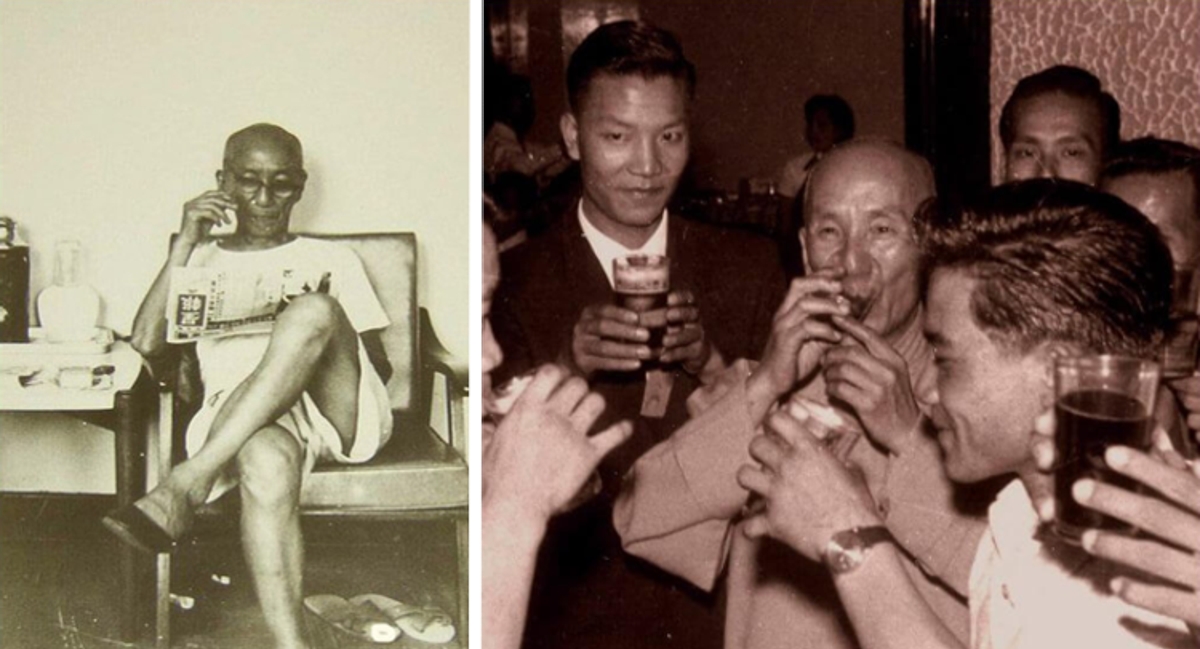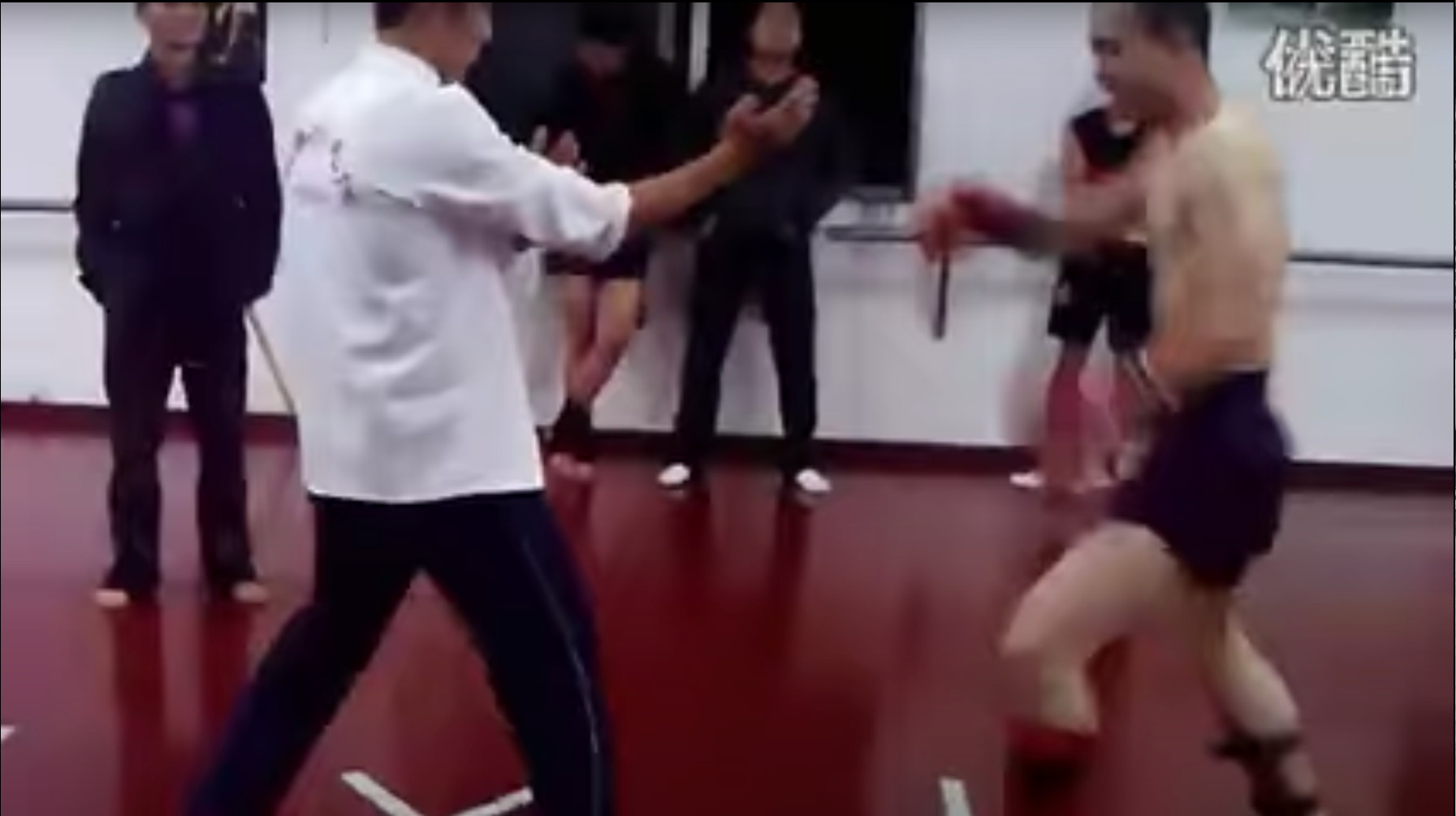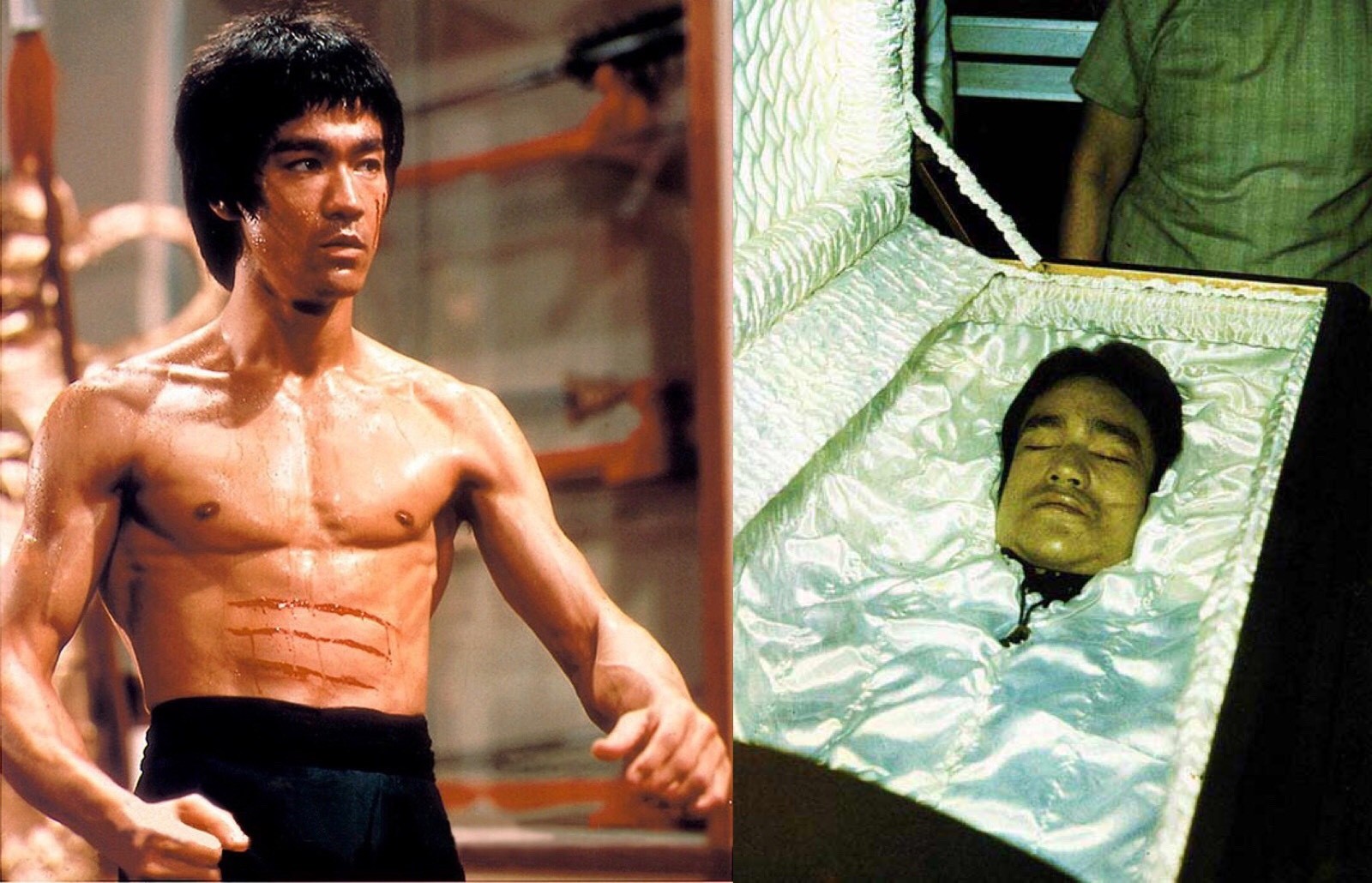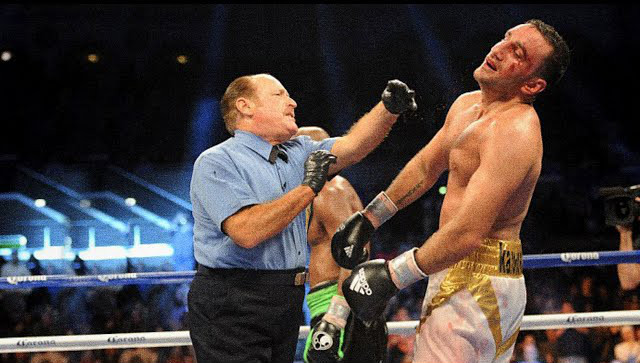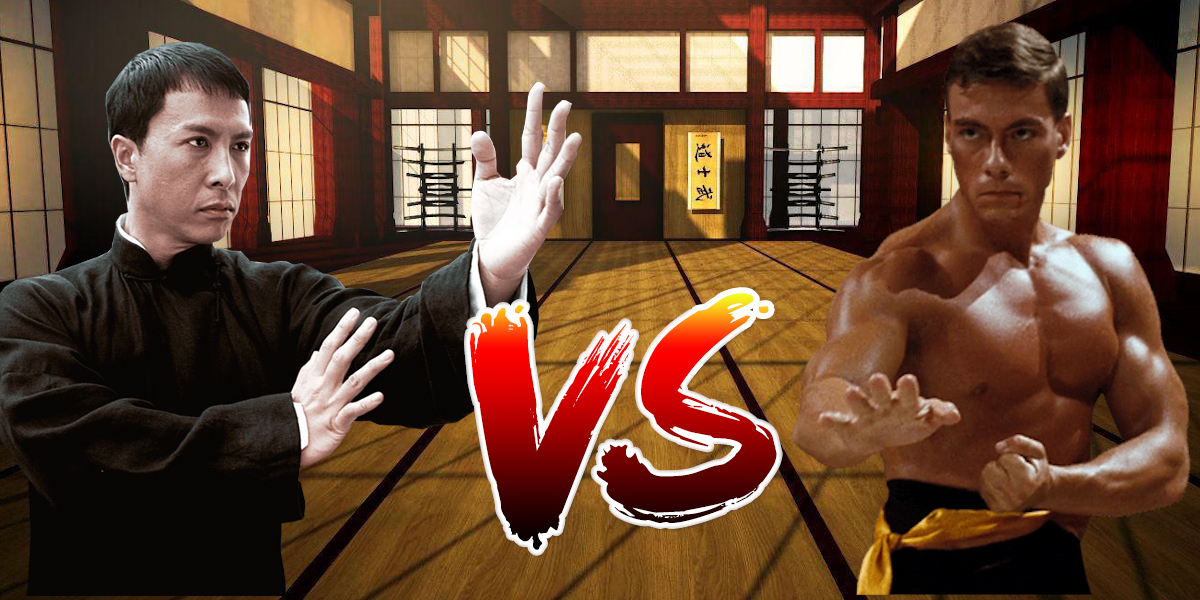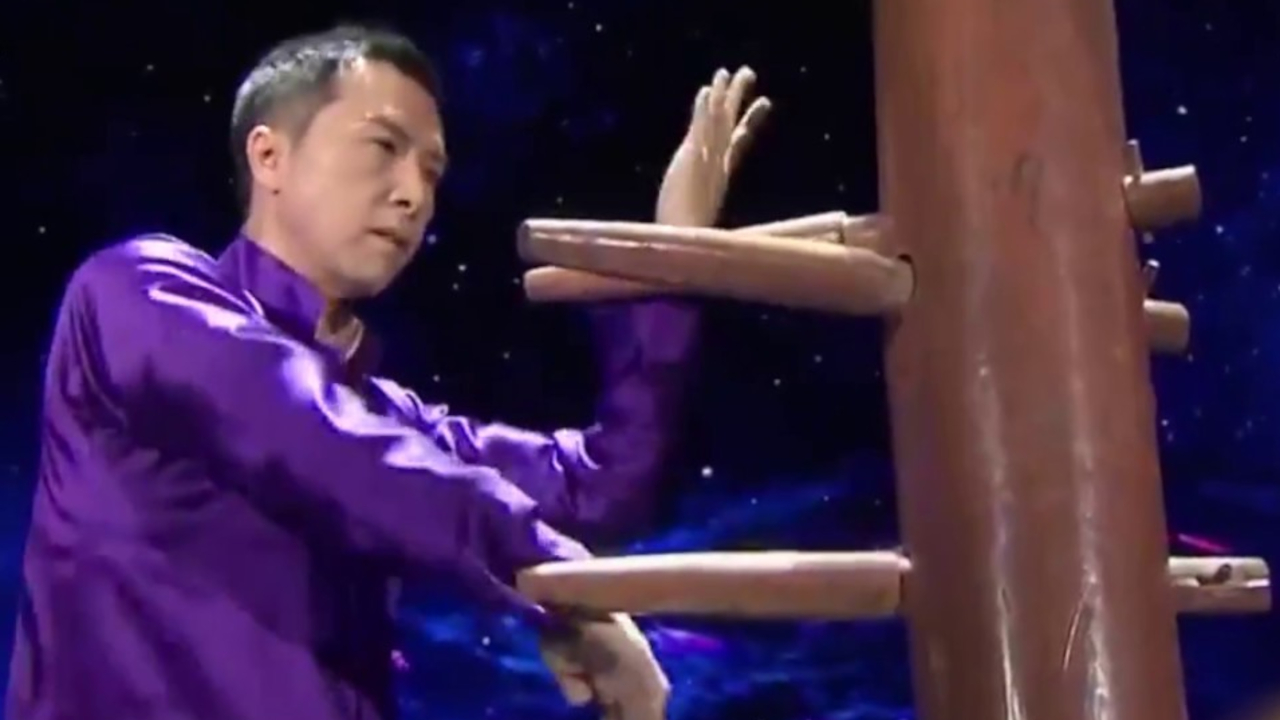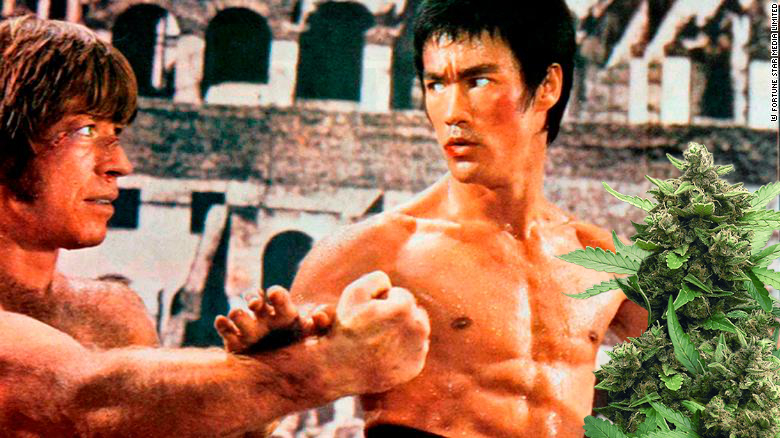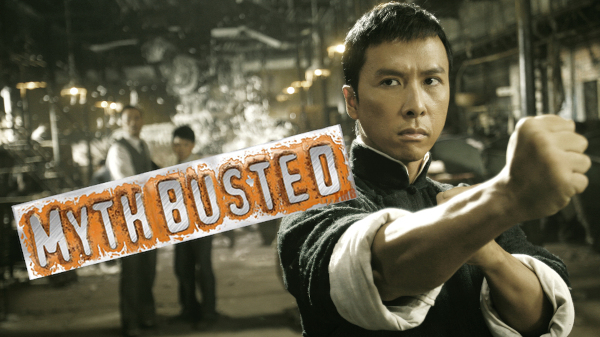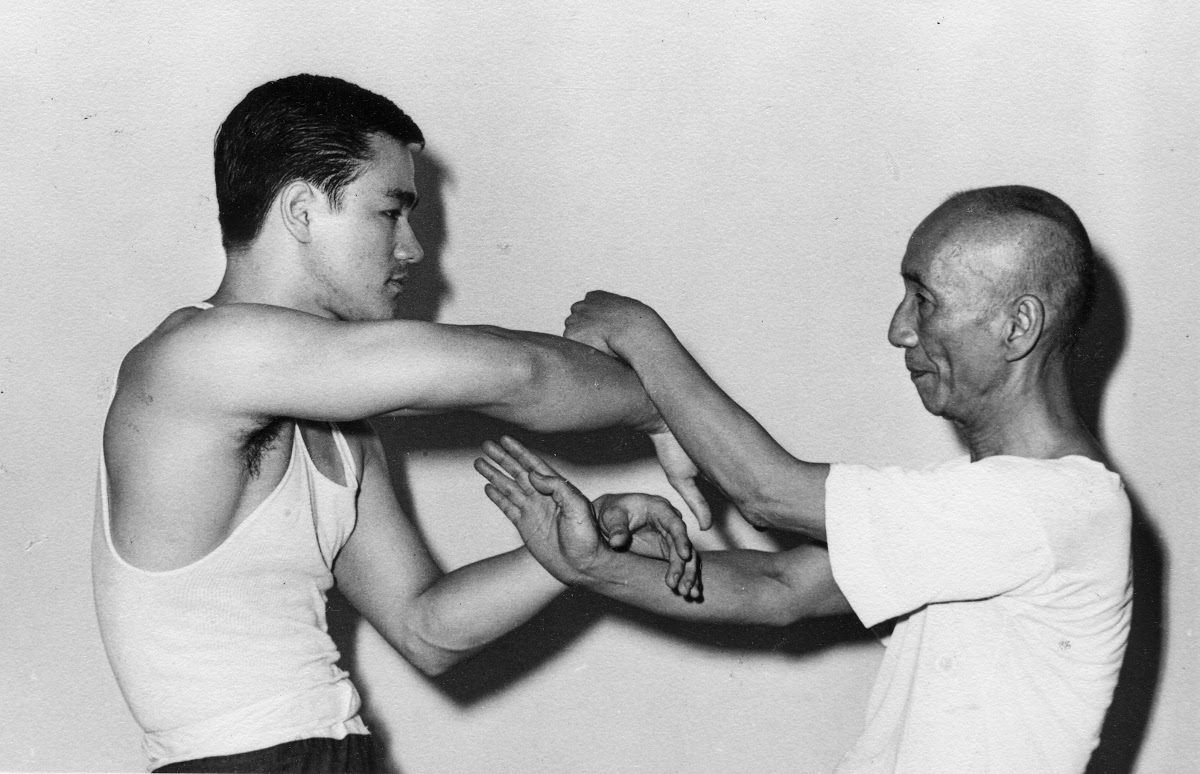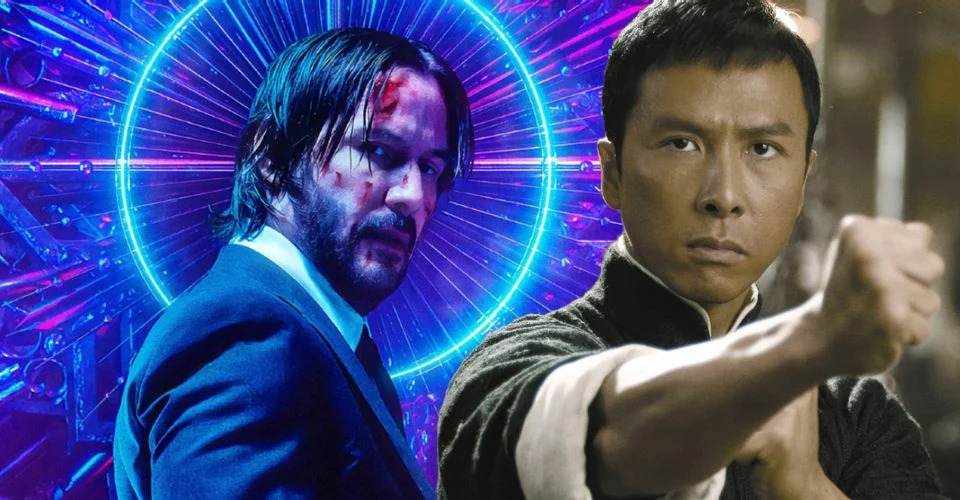Bruce Lee and the Art of Wing Chun: The Origins of Jeet Kune Do
Reading time: 5 minutes
When we think of martial arts legends, Bruce Lee is a name that instantly comes to mind. Known for his incredible skill, charisma, and impact on the world of martial arts, Lee's journey started with a deep understanding of Wing Chun. This article explores how Lee's foundation in Wing Chun led to the creation of his innovative martial art, Jeet Kune Do.
The Early Years: Bruce Lee and Wing Chun
Bruce Lee, born Lee Jun-fan, began his martial arts journey in Hong Kong at the age of 13. After experiencing multiple instances of bullying, Lee sought out a way to defend himself and build self-confidence. This search led him to the renowned Wing Chun master, Ip Man. Under Ip Man's tutelage, Lee developed a strong foundation in Wing Chun's principles and techniques.
Wing Chun is a traditional Chinese martial art with a focus on close-range combat, efficiency, and directness. The system is built on three main forms “Siu Lim Tao, Chum Kiu, and Biu Jee“ which provide practitioners with a comprehensive understanding of movement, structure, and energy management. Lee's training in Wing Chun played a crucial role in shaping his fighting style and philosophy.
Moving to America and Expanding His Martial Arts Knowledge
In 1959, Bruce Lee moved to the United States and continued to practice and teach Wing Chun. However, Lee's curiosity and passion for martial arts led him to explore various other disciplines, including boxing, fencing, and other styles of Kung Fu. This exposure to diverse techniques and philosophies broadened Lee's understanding of combat and began to influence his approach to martial arts.
The Birth of Jeet Kune Do: A Fusion of East and West

In 1967, Bruce Lee founded Jeet Kune Do, a martial art that would become synonymous with his name. Jeet Kune Do, meaning "The Way of the Intercepting Fist," was a reflection of Lee's evolving martial arts philosophy. Drawing on his foundation in Wing Chun and his exposure to Western combat sports, Lee developed a fluid, adaptable system designed for practicality and efficiency in real-life situations.
The influence of Wing Chun on Jeet Kune Do is evident in several key areas:
- Economy of Motion: Both Wing Chun and Jeet Kune Do prioritize efficiency and directness in their techniques. The goal is to minimize unnecessary movement and deliver maximum force in the shortest amount of time.
- Centerline Theory: The concept of the centerline, a vertical line running through the center of the body, is crucial in both systems. Controlling the centerline and attacking the opponent's vulnerabilities along this axis is a fundamental principle in both Wing Chun and Jeet Kune Do.
- Sensitivity and Adaptability: Wing Chun emphasizes sensitivity through techniques like Chi Sao, which helps practitioners develop the ability to feel and respond to an opponent's movements. This focus on adaptability is central to Jeet Kune Do's philosophy of being like water, adjusting and flowing with the ever-changing dynamics of combat.
- Trapping and Bridging: Both martial arts emphasize the importance of trapping or immobilizing an opponent's limbs, making it easier to land strikes or execute follow-up techniques. This skill is often referred to as "bridging the gap" and is a critical aspect of close-range combat.
Jeet Kune Do's Evolution and Impact
While Wing Chun served as the foundation for Jeet Kune Do, Bruce Lee's unique martial art continued to evolve as he incorporated elements from various disciplines. Lee's ultimate goal was to create a system free from the constraints of traditional martial arts, allowing practitioners to express themselves fully and adapt to any situation or opponent. This emphasis on personal expression and adaptability resonated with martial artists worldwide, and Jeet Kune Do quickly gained recognition and respect.
Bruce Lee's innovative approach to martial arts has had a lasting impact on the landscape of modern martial arts. His influence can be seen in the emergence of mixed martial arts (MMA) and the integration of various fighting styles in contemporary self-defense systems.
Legacy and Influence of Bruce Lee and Wing Chun

Bruce Lee's untimely death in 1973 left the world mourning the loss of a martial arts icon. However, his legacy lives on through the countless practitioners and instructors who continue to study and teach Jeet Kune Do. Lee's philosophies and teachings have transcended the world of martial arts, inspiring people in various fields to pursue self-improvement and personal expression.
Wing Chun, too, has continued to flourish, with many dedicated practitioners and schools worldwide. The martial art maintains its relevance in modern times, thanks to its practicality and effectiveness in self-defense situations. Ip Man's teachings have been passed down through generations, ensuring that the roots of Wing Chun remain strong and respected.
Bruce Lee's foundation in Wing Chun played an instrumental role in the development of his revolutionary martial art, Jeet Kune Do. By merging the principles and techniques of Wing Chun with elements from various disciplines, Lee created a system that prioritized adaptability, efficiency, and personal expression. His unique approach to martial arts has had a lasting impact on the world, inspiring countless individuals to challenge conventional thinking and pursue their passions.
In many ways, the story of Bruce Lee and the art of Wing Chun serves as a testament to the power of dedication, innovation, and self-expression. As we continue to learn from the teachings of these martial arts legends, we can appreciate the immense value they bring to our lives, both in and out of the dojo.
Thank you. Your comment will be approved shortly.
Comments
Thank you. Your comment will be approved shortly.
Thank you. Your comment will be approved shortly.
Thank you. Your comment will be approved shortly.
Thank you. Your comment will be approved shortly.
Thank you. Your comment will be approved shortly.


